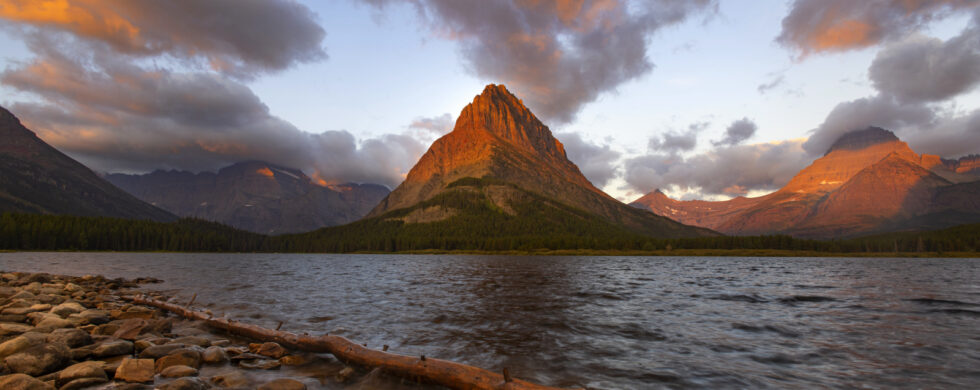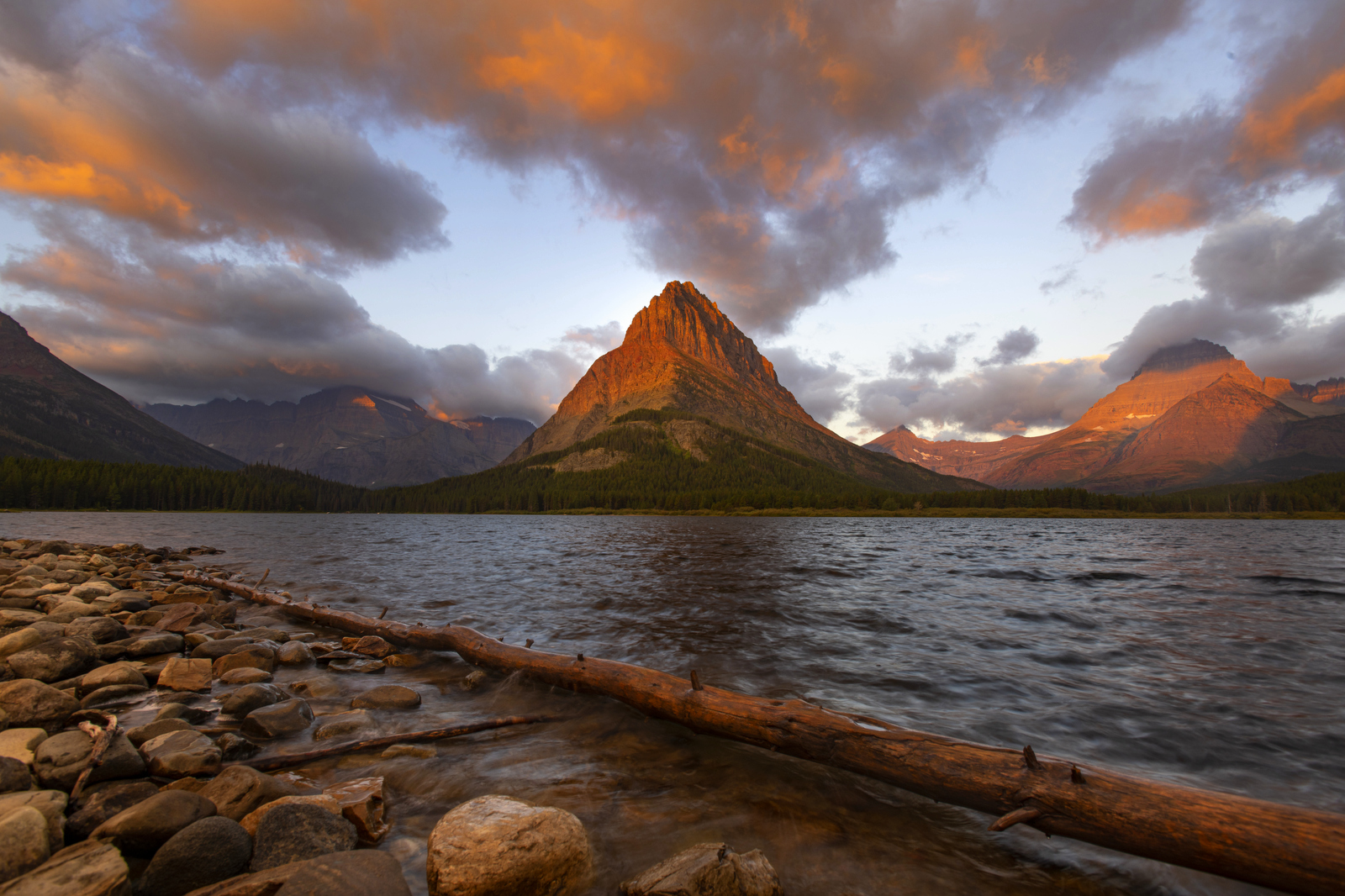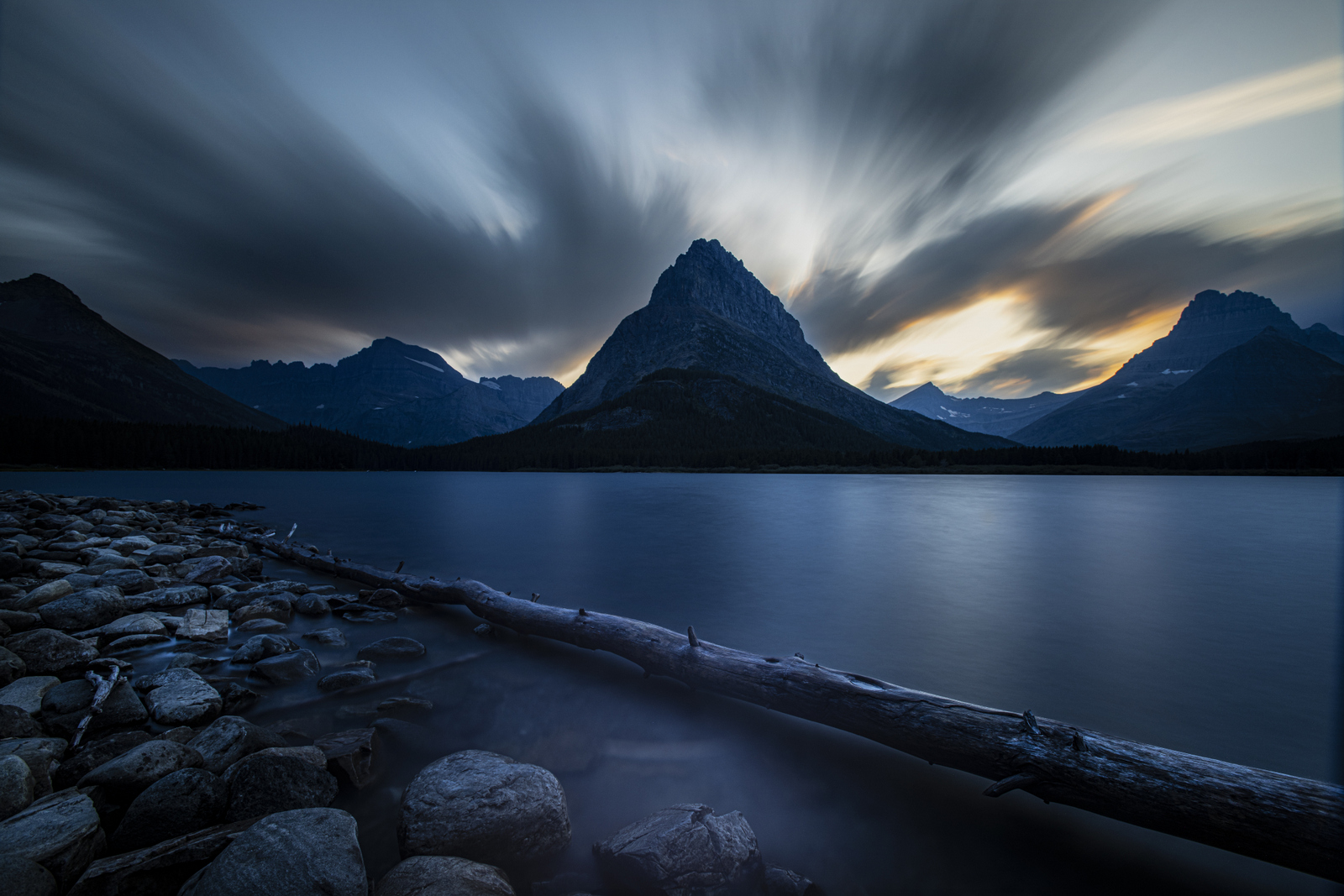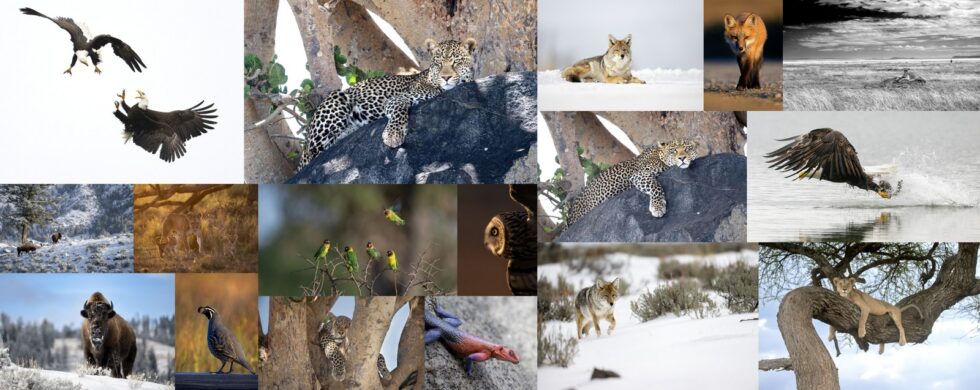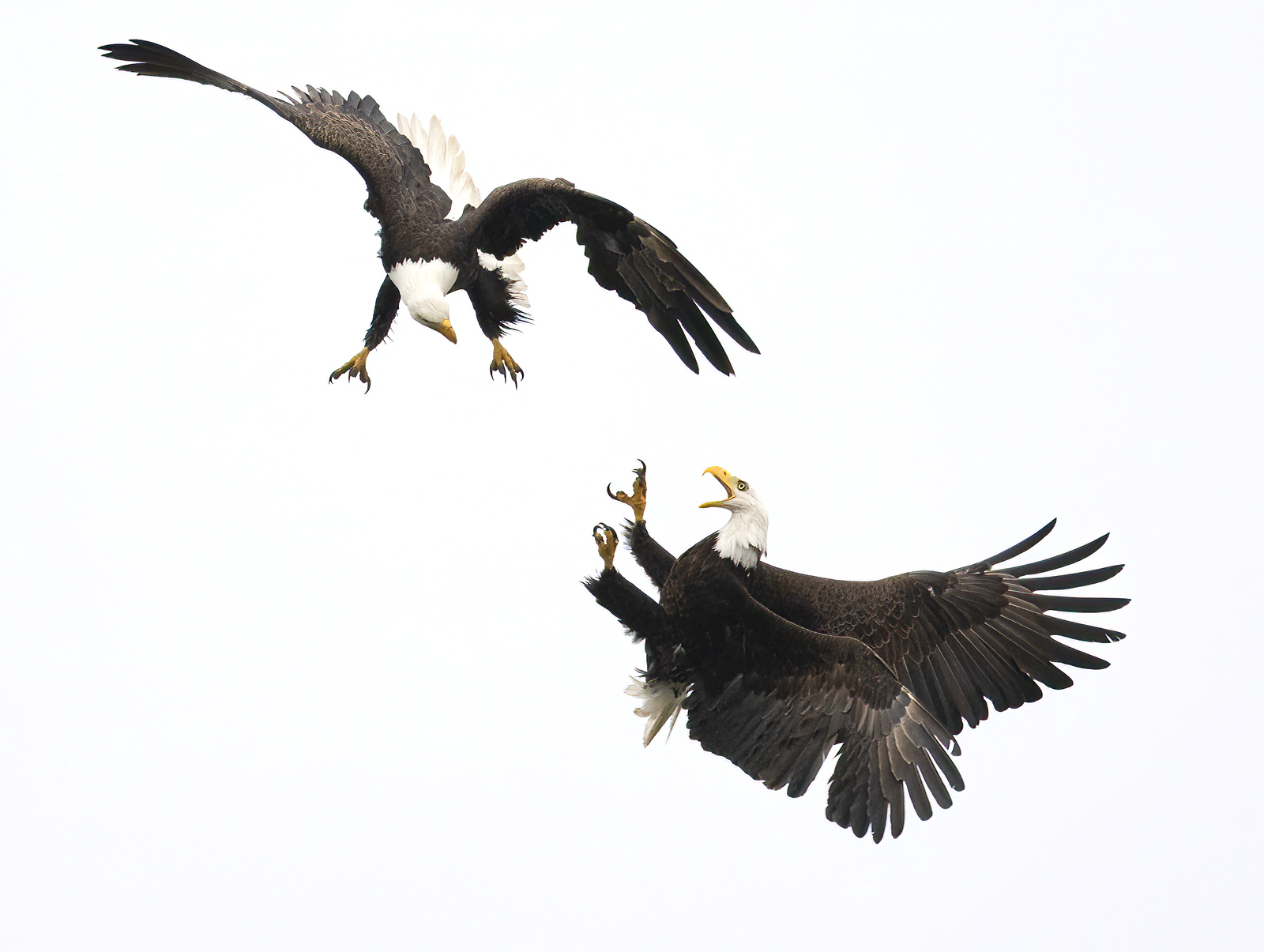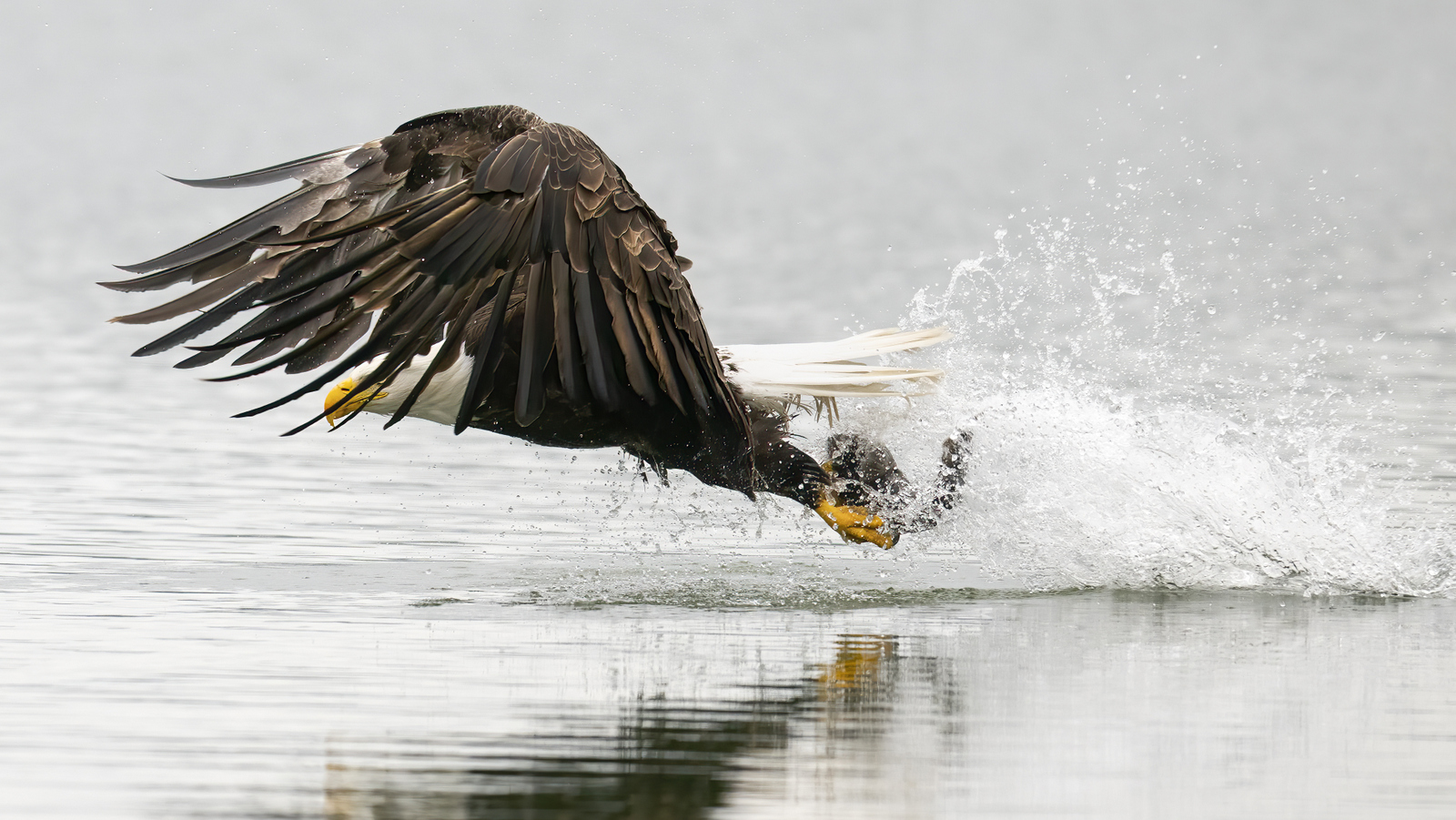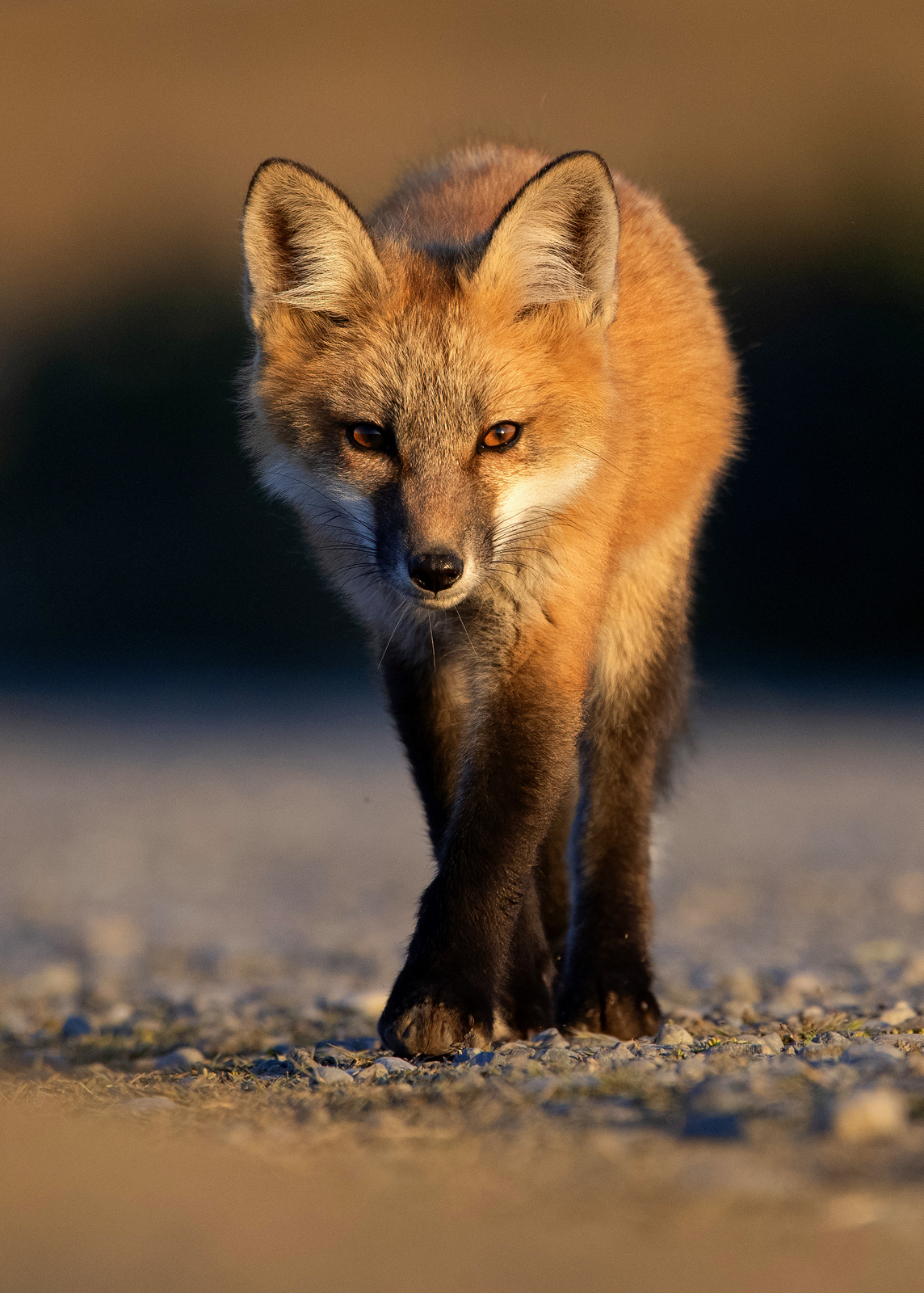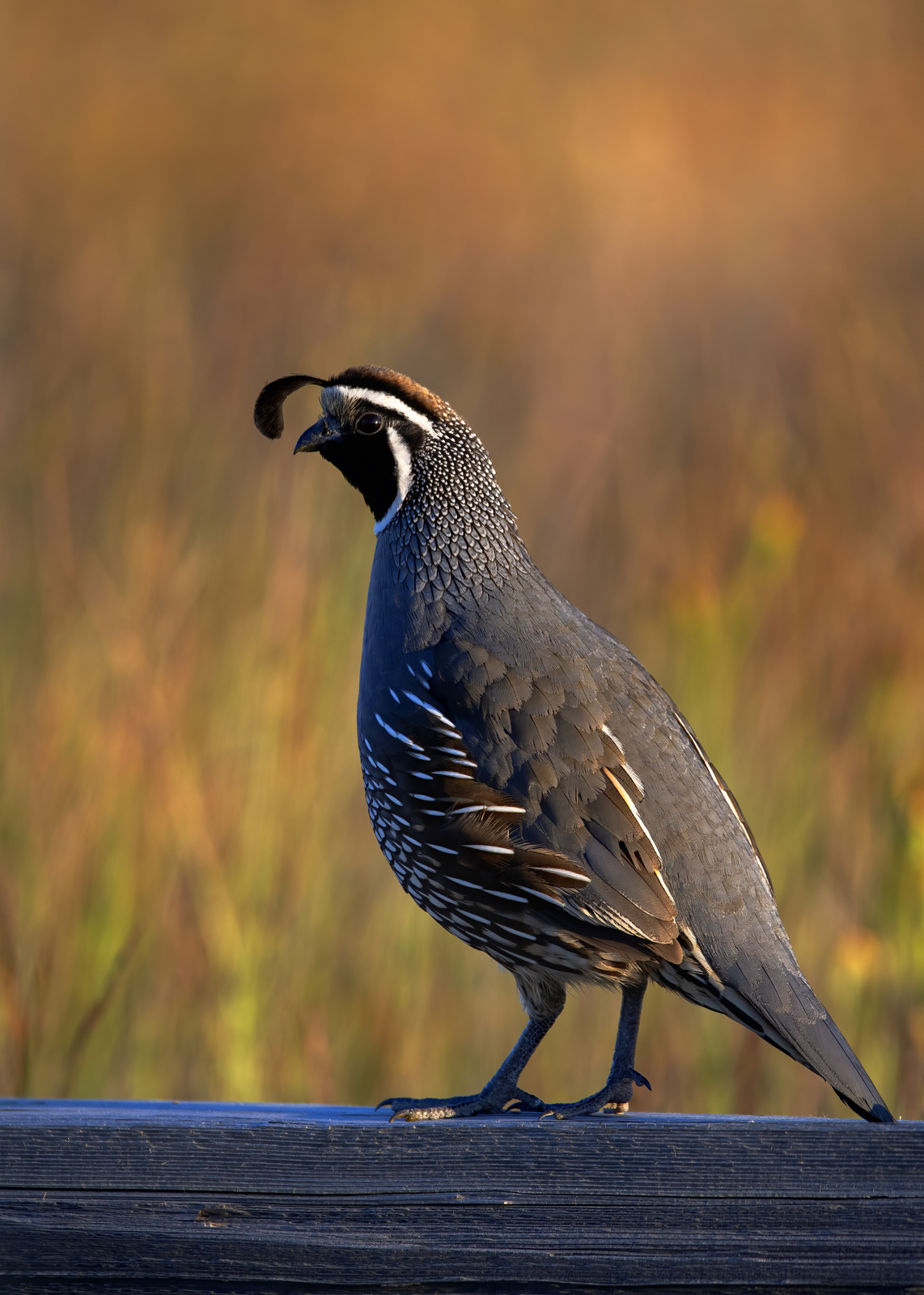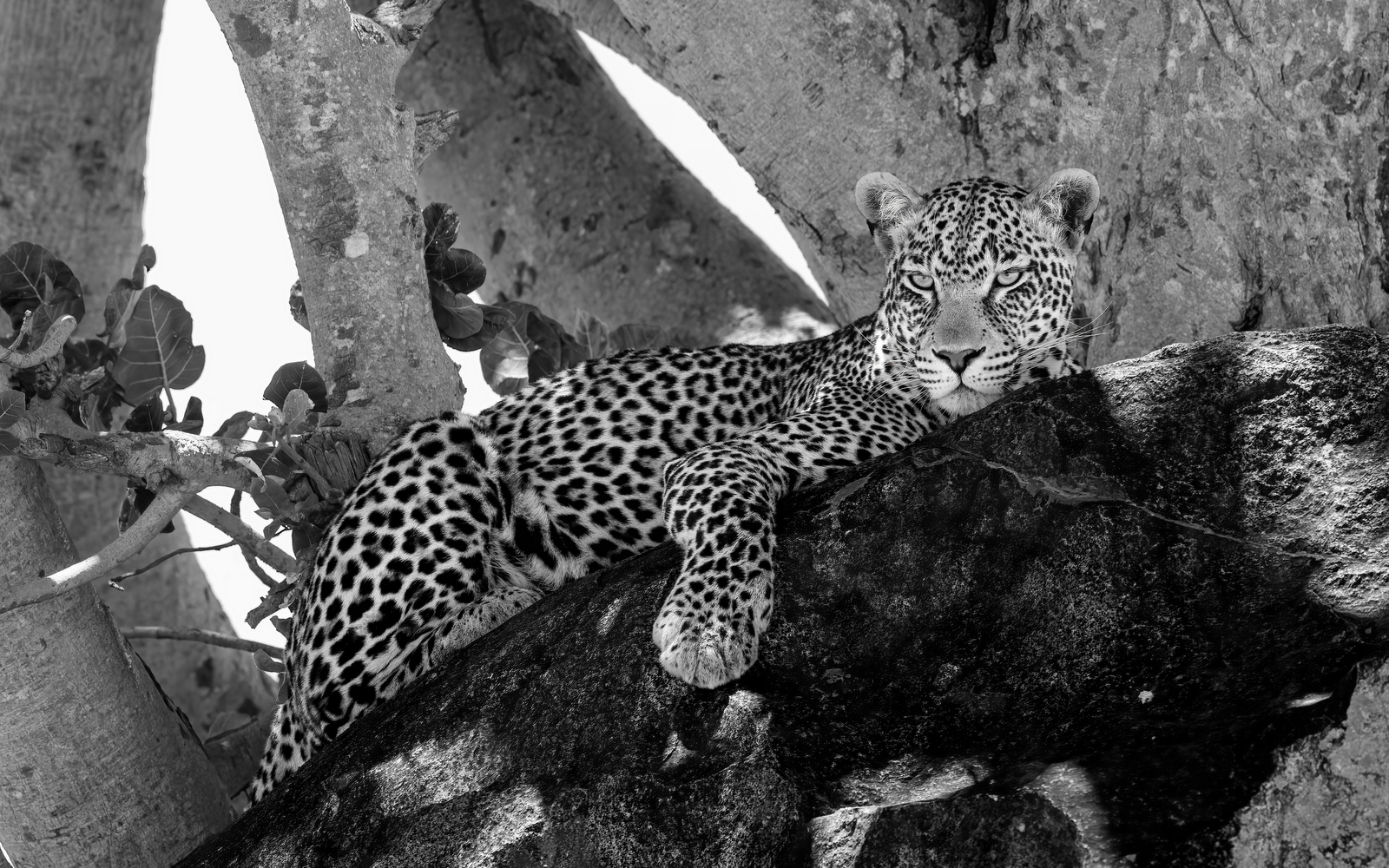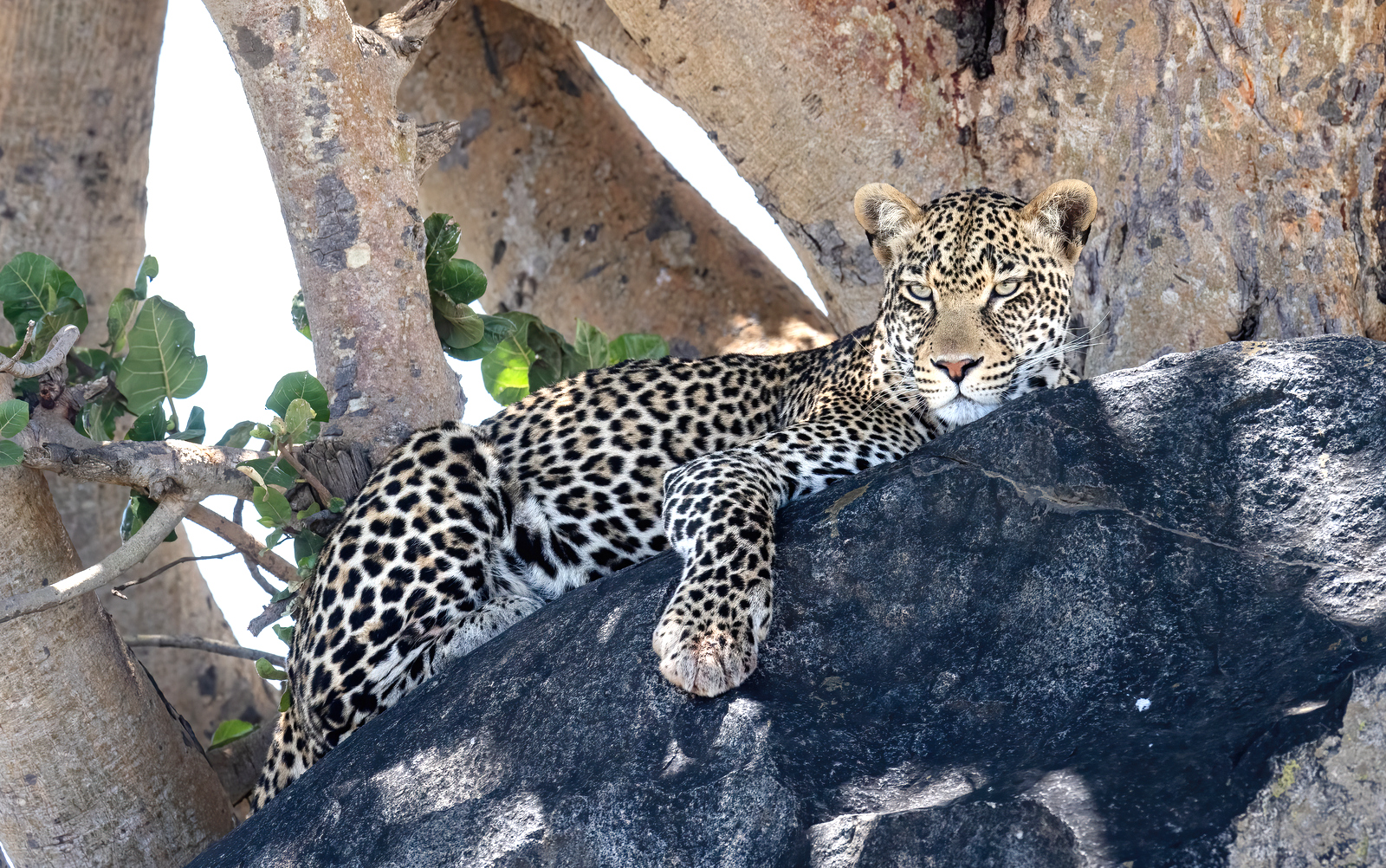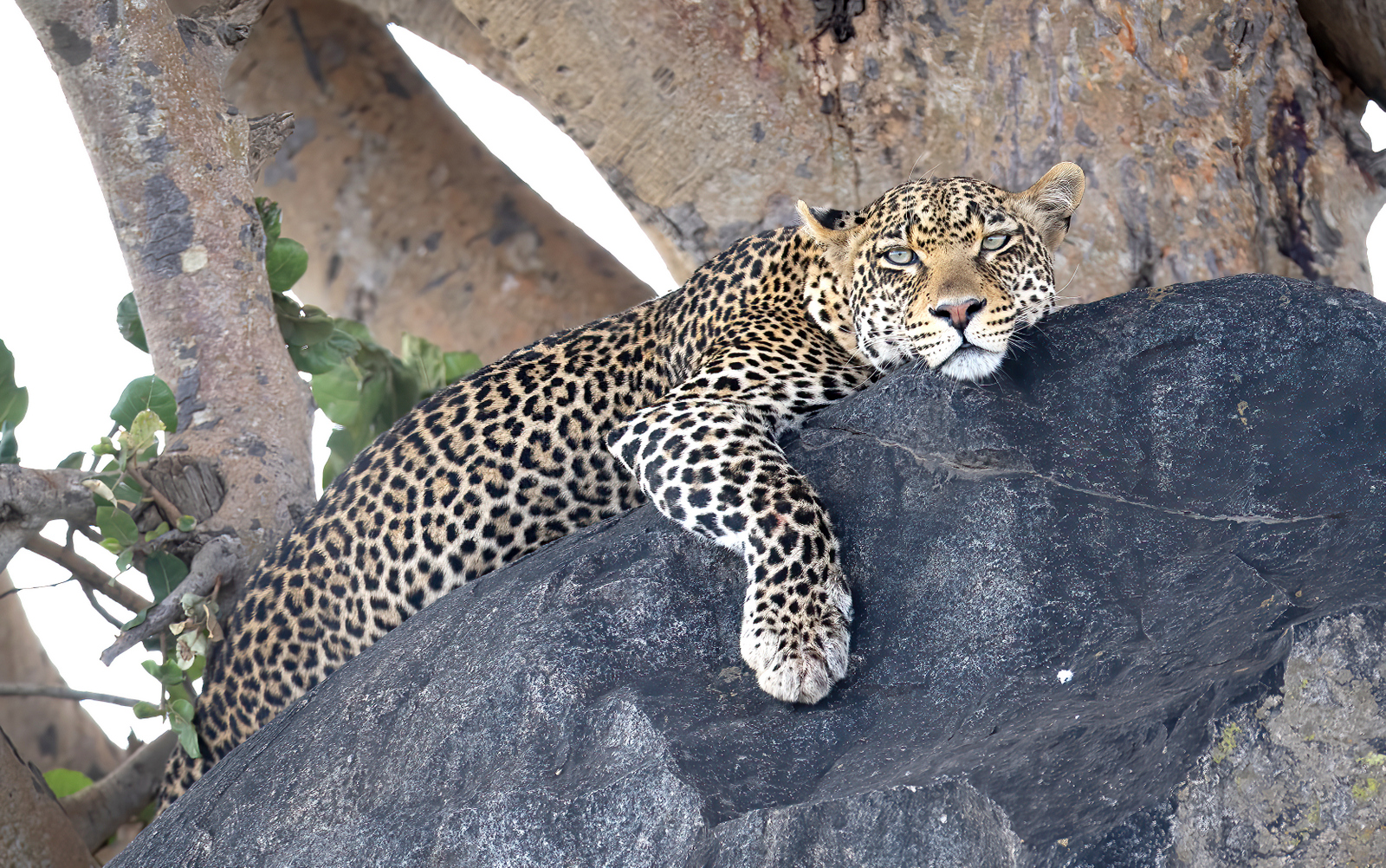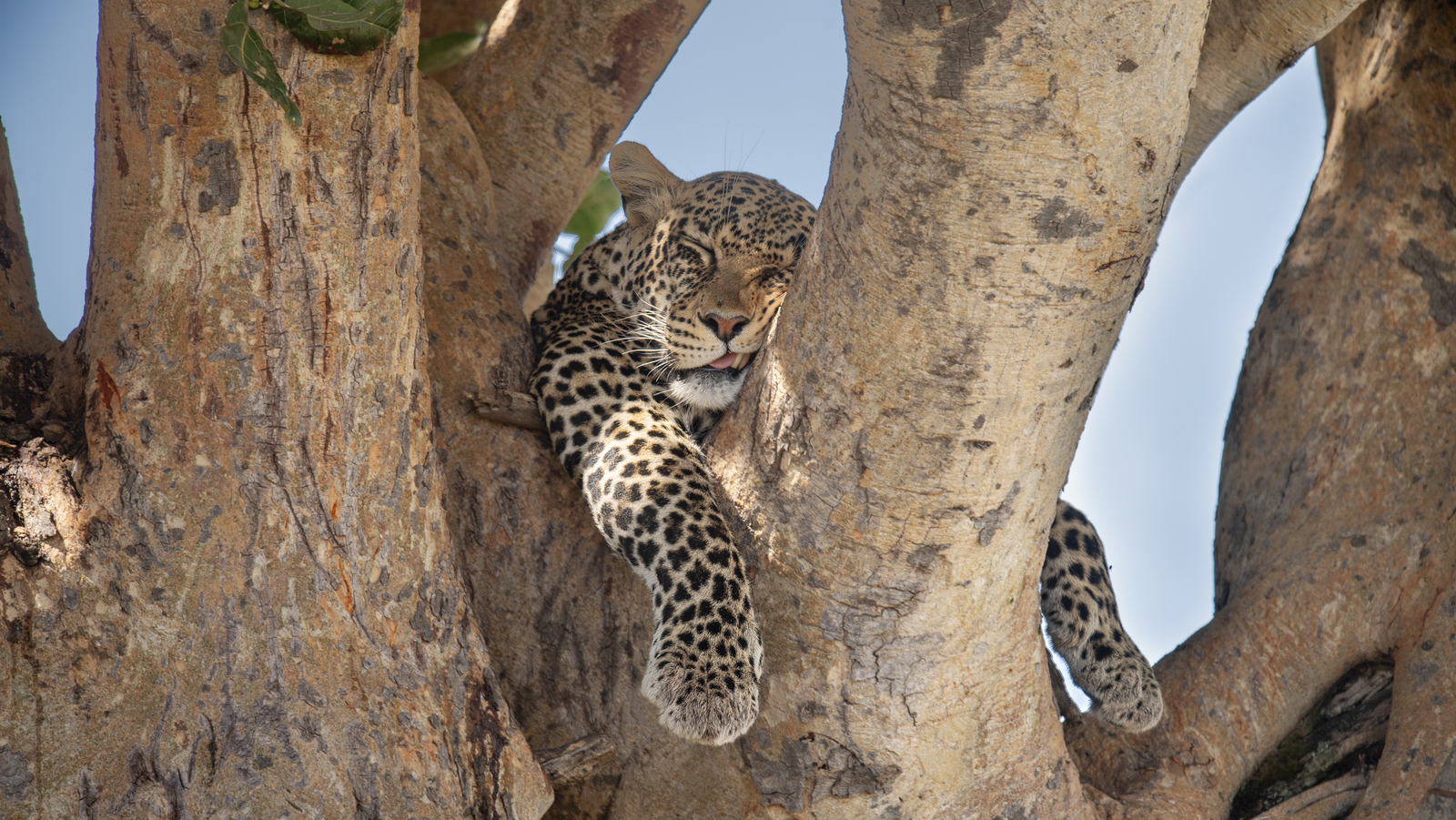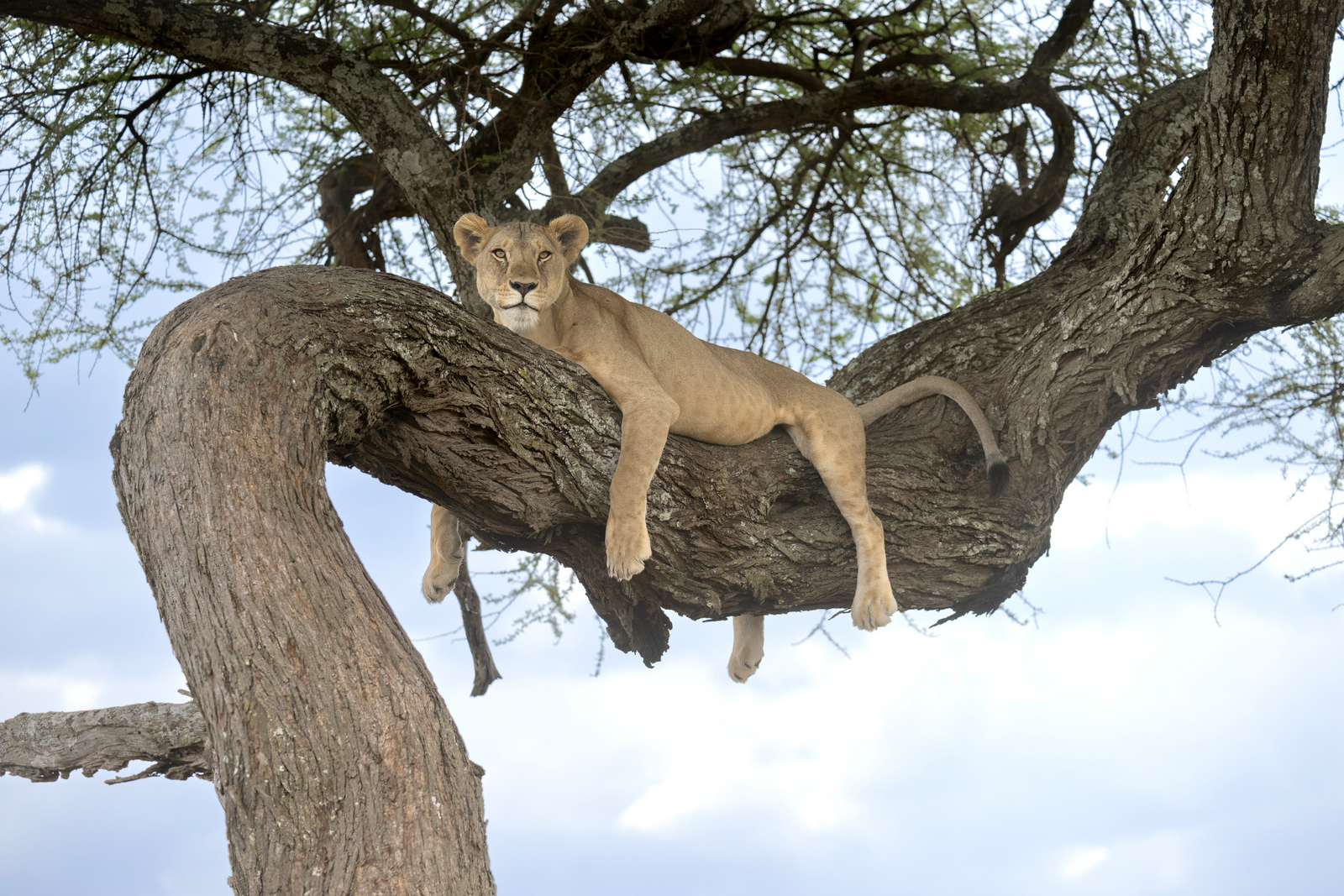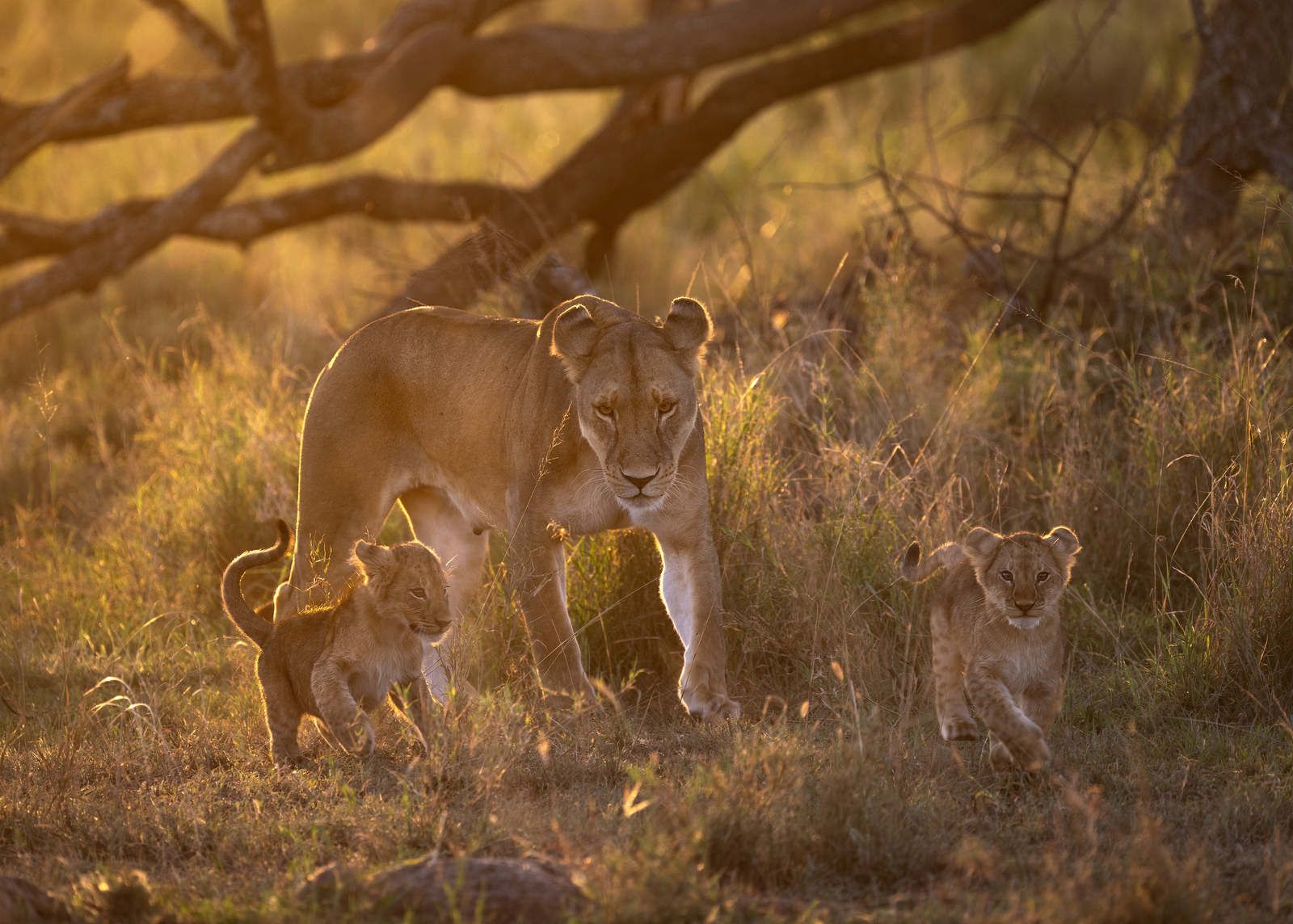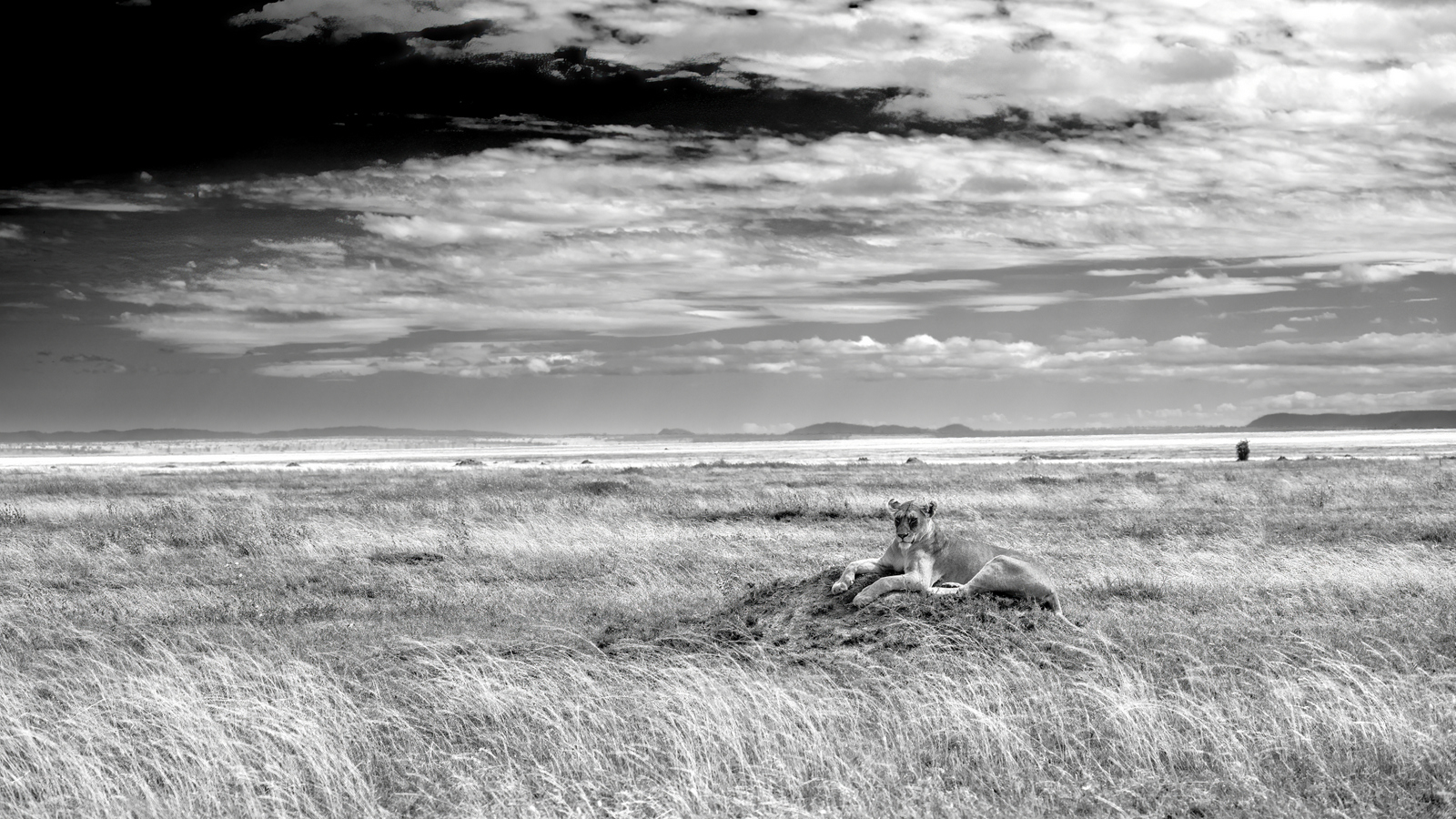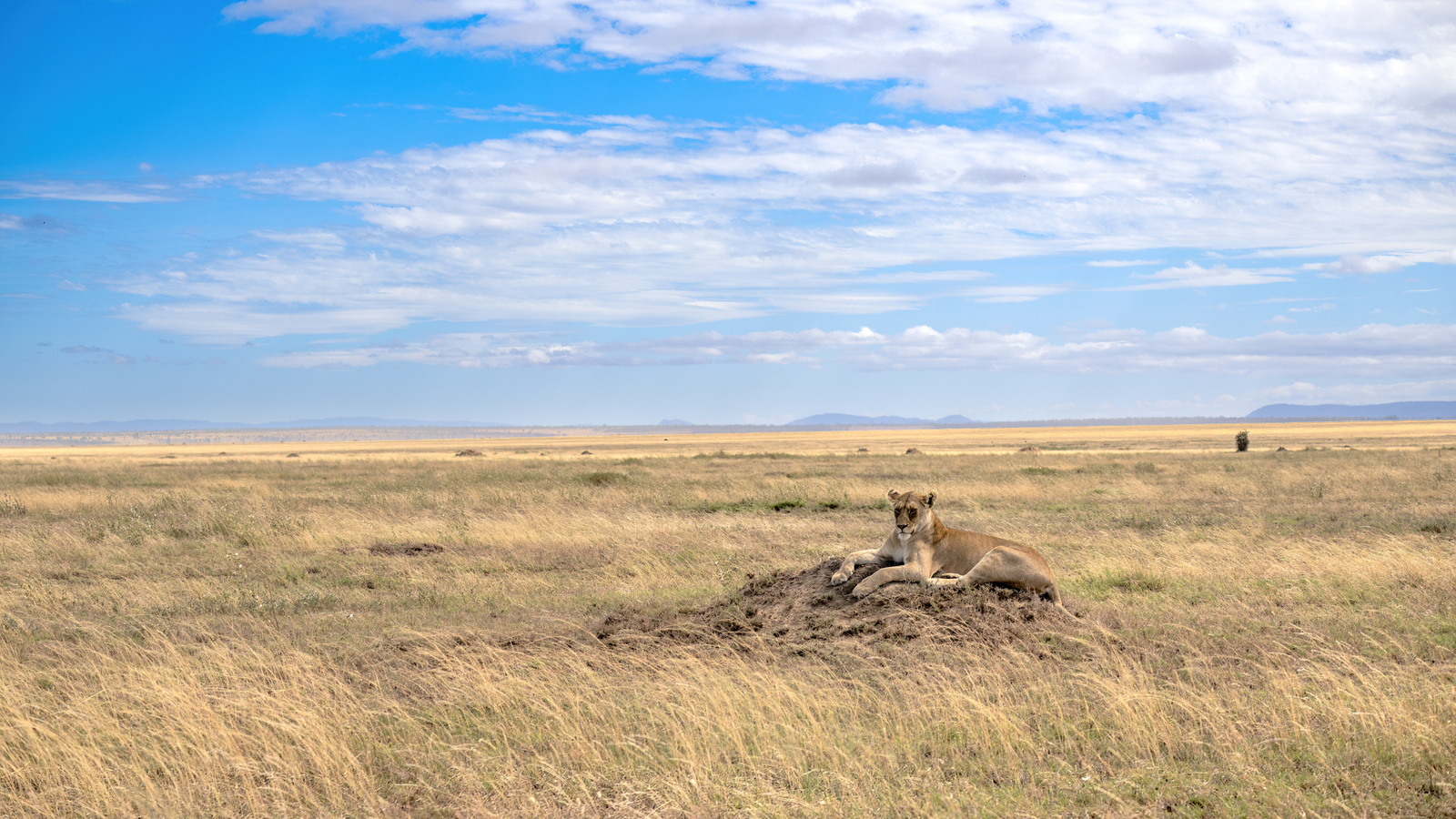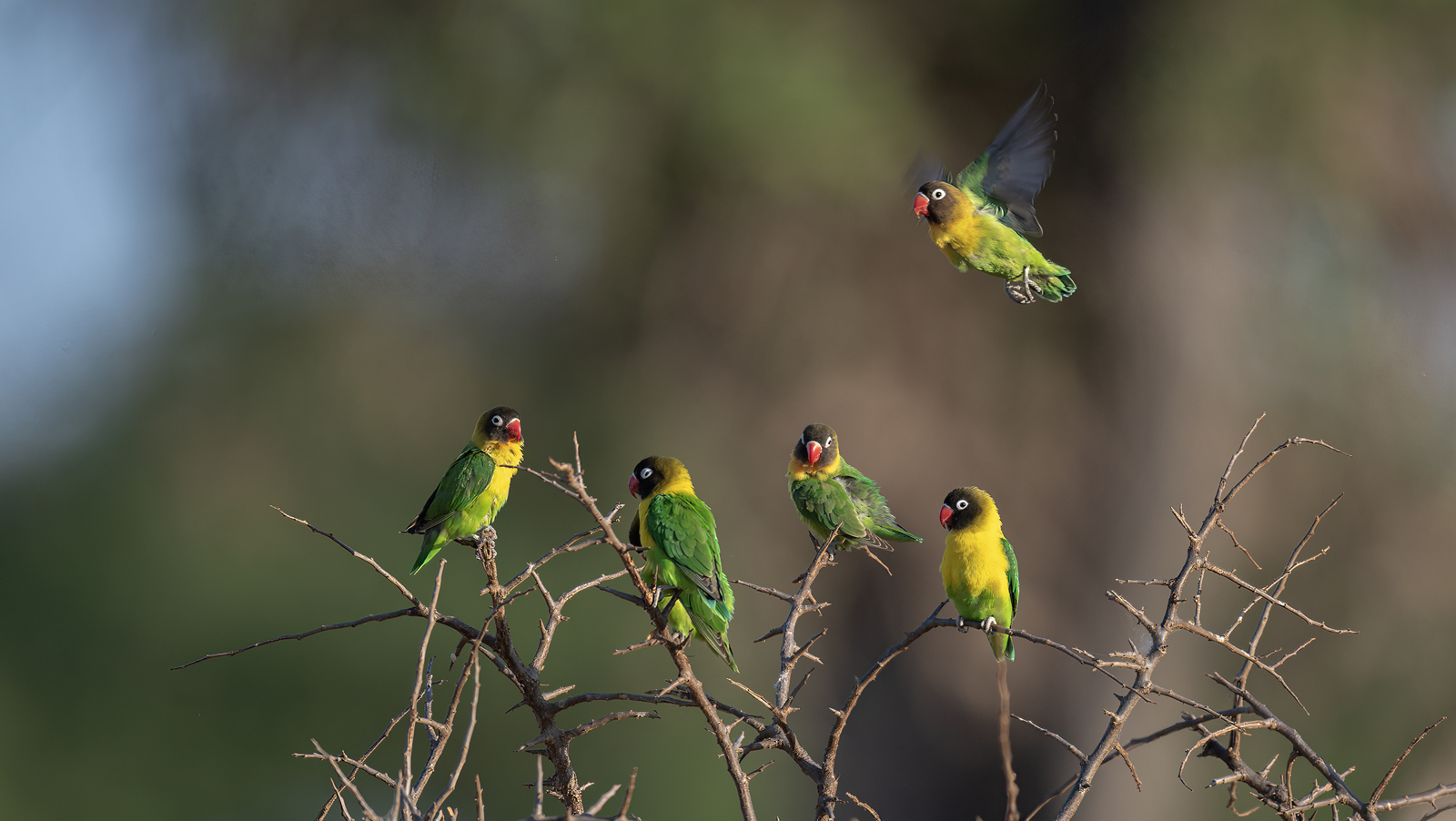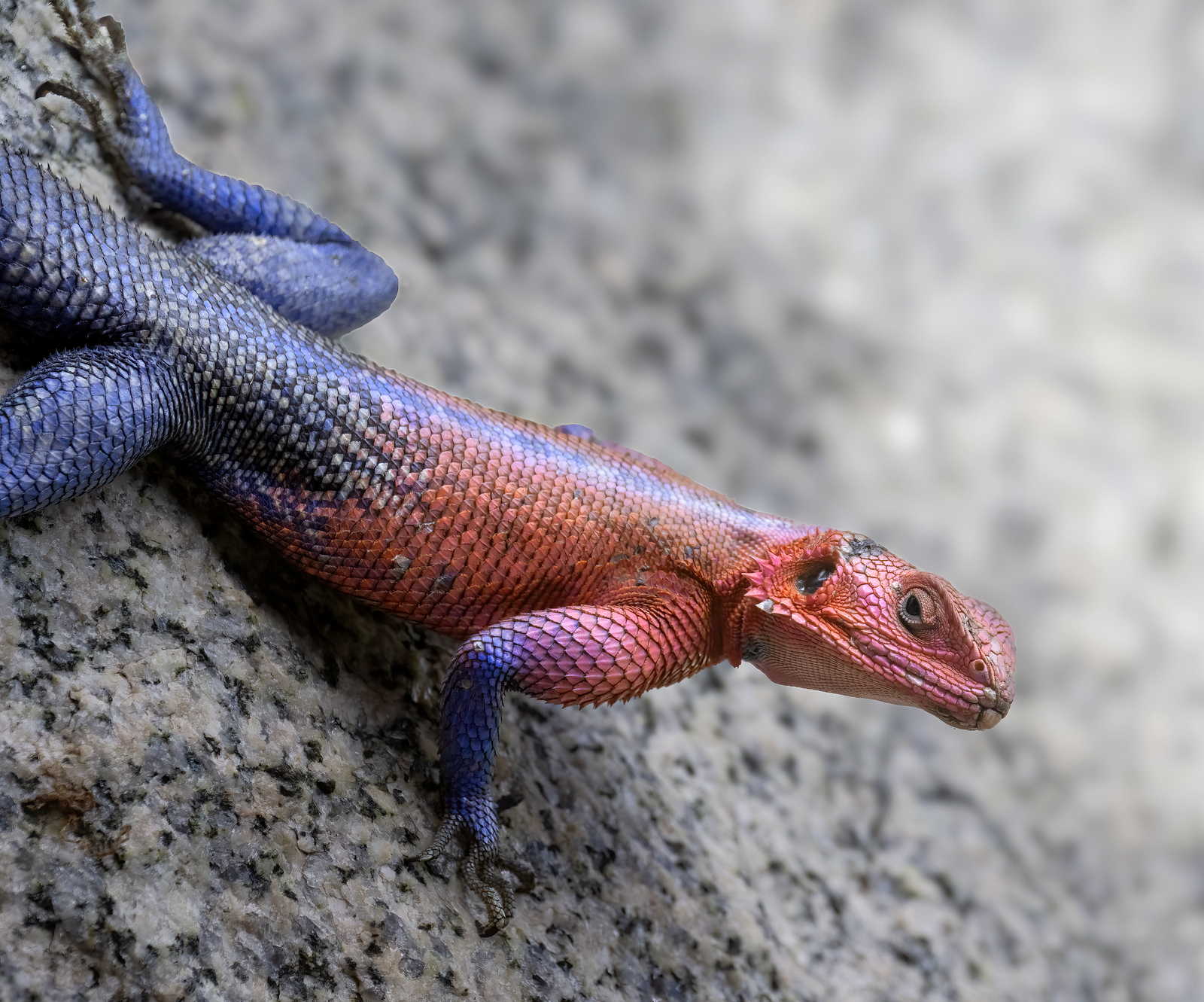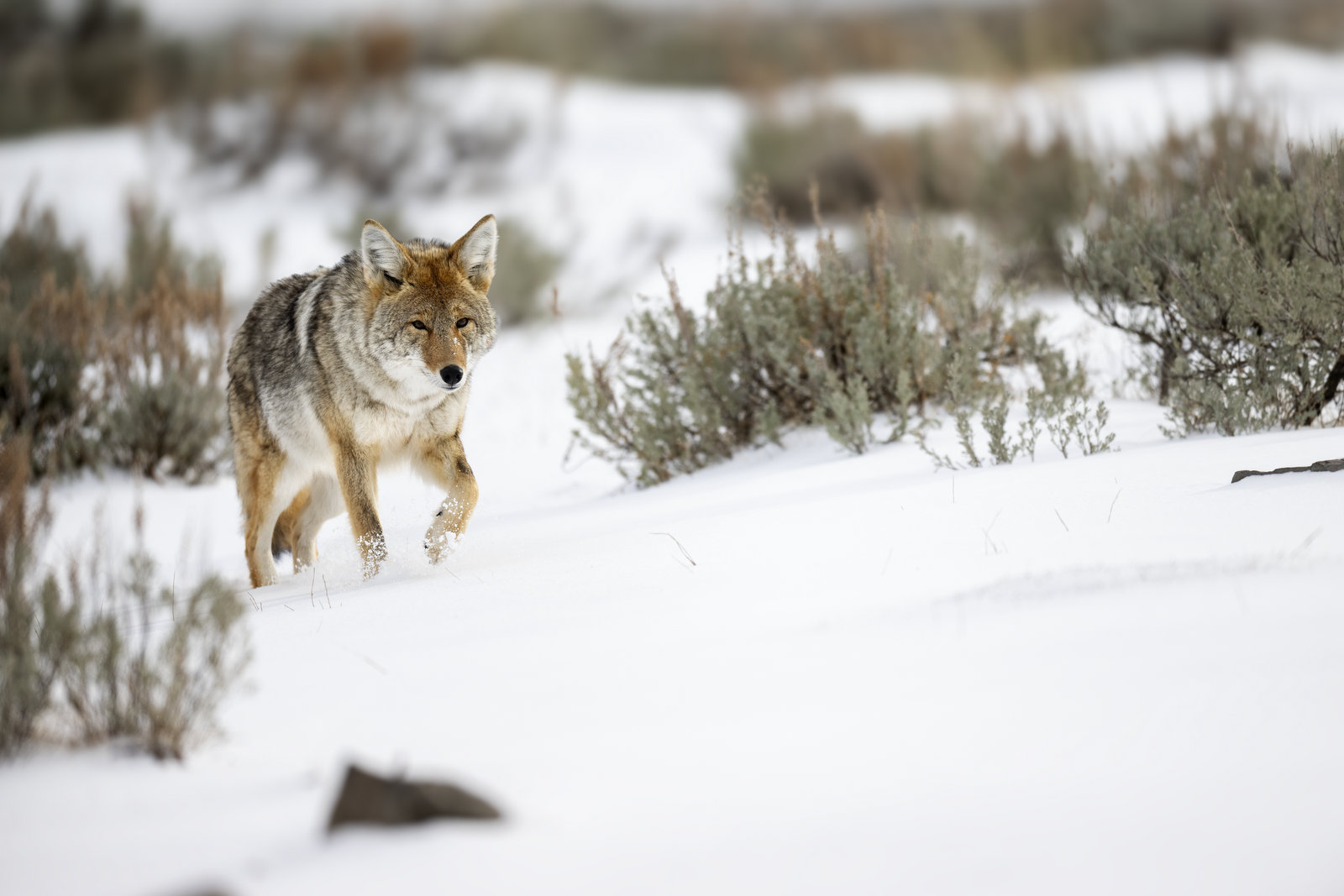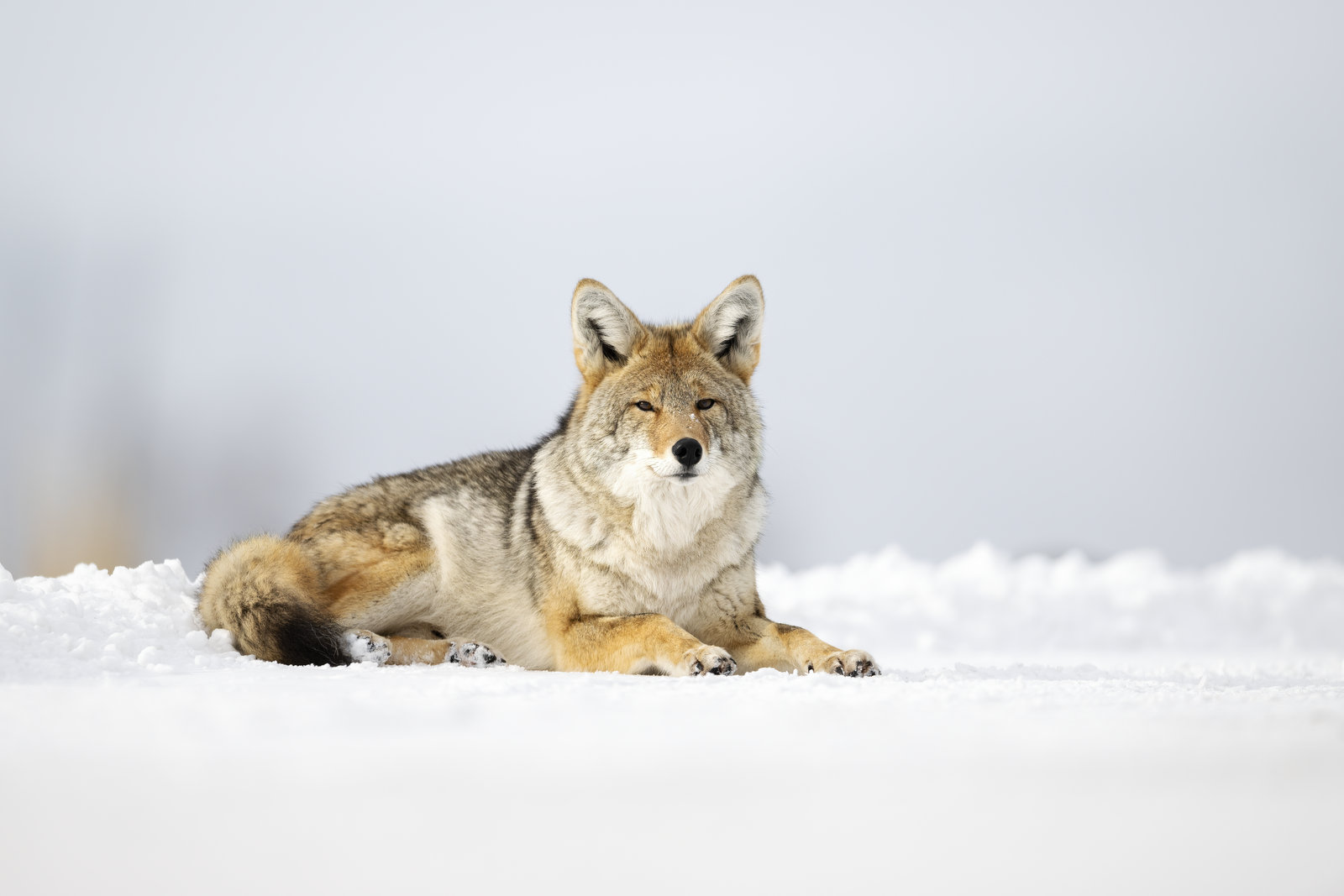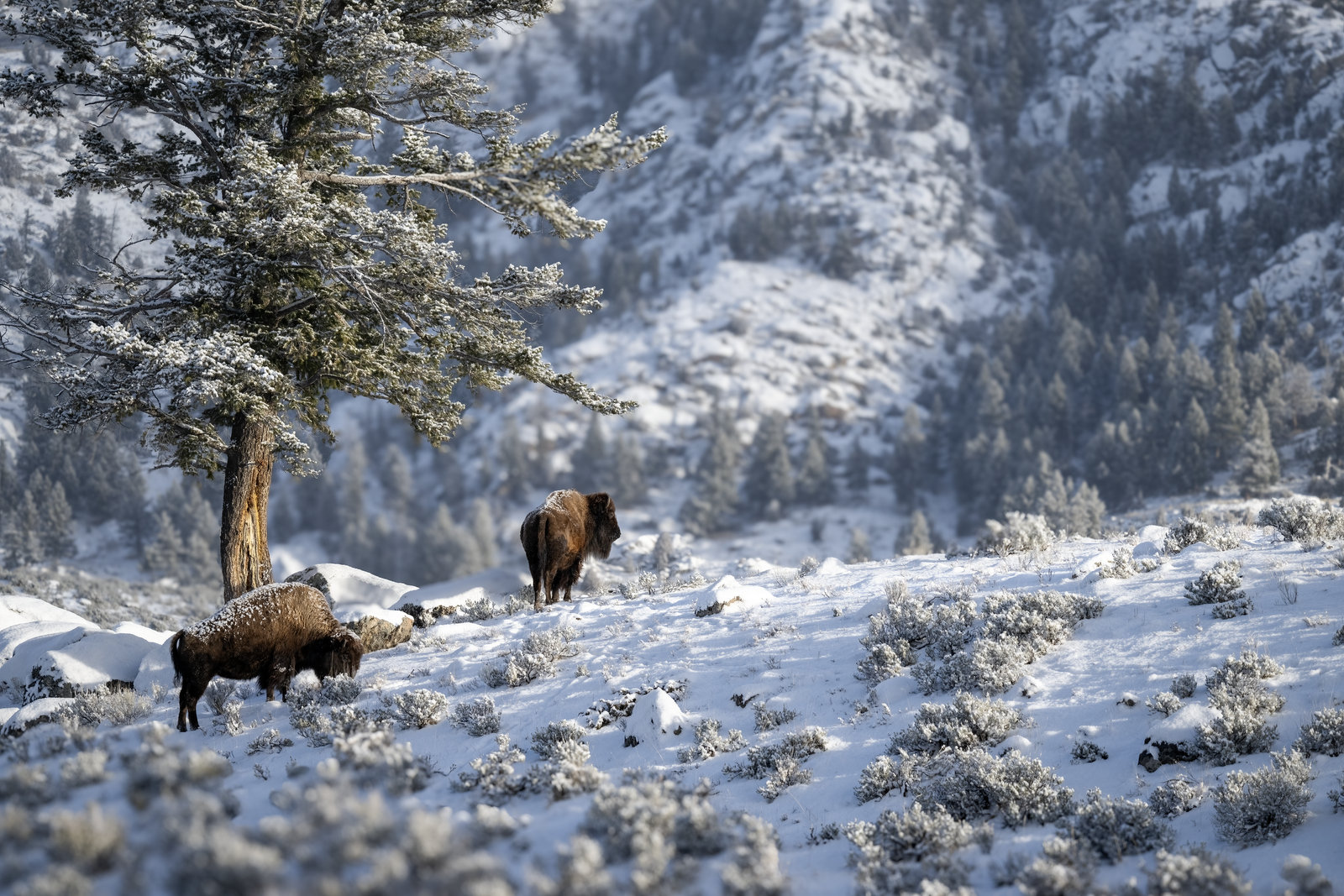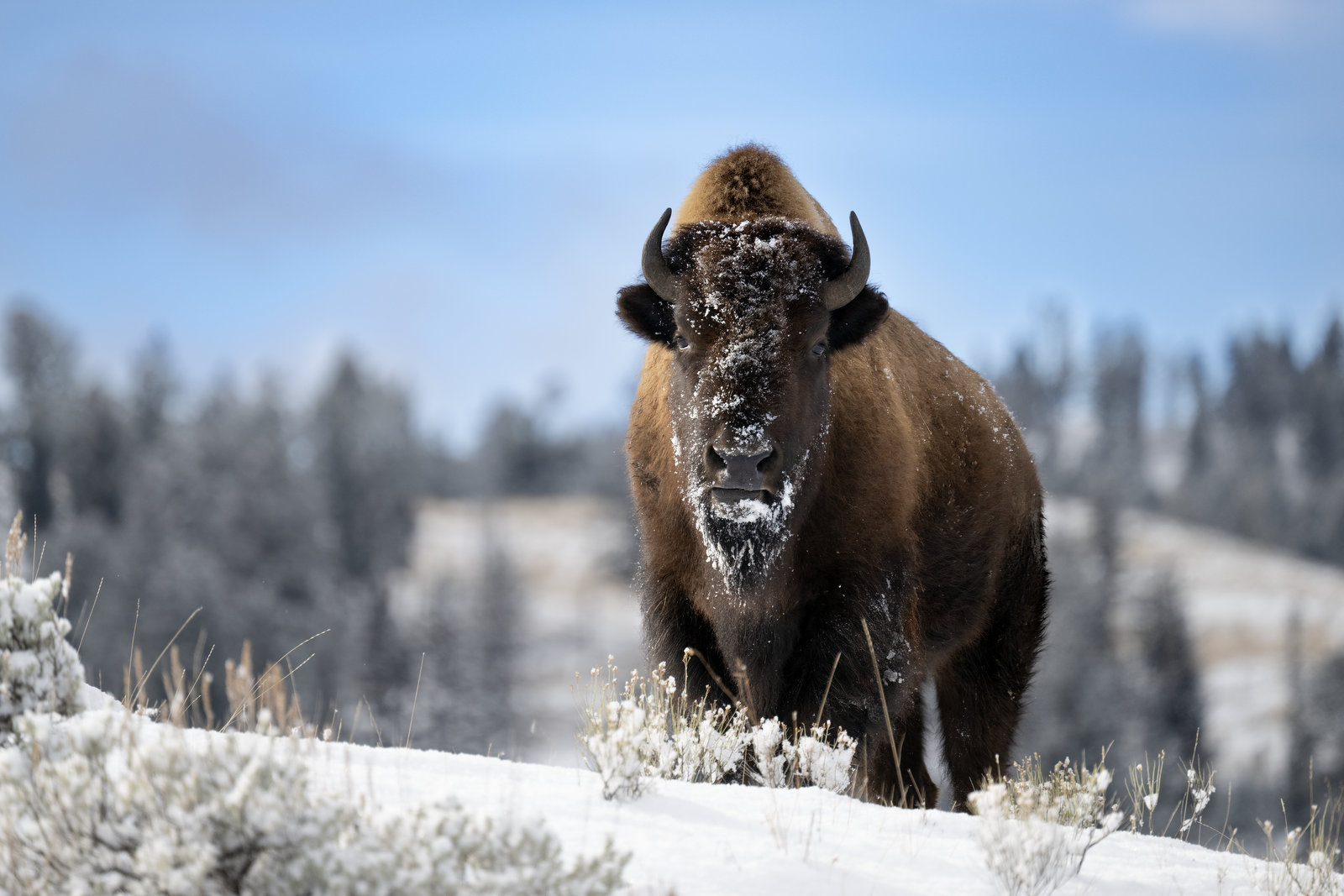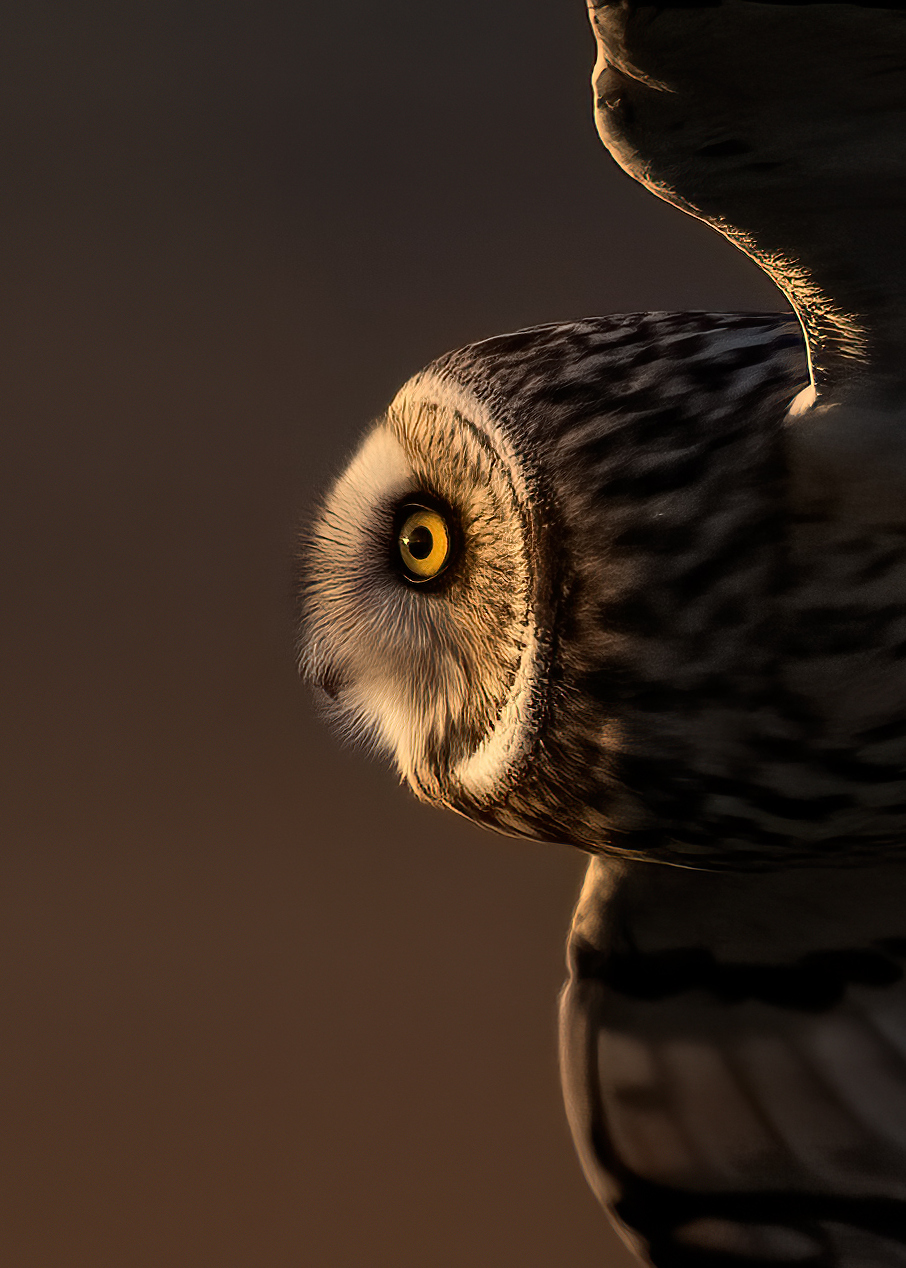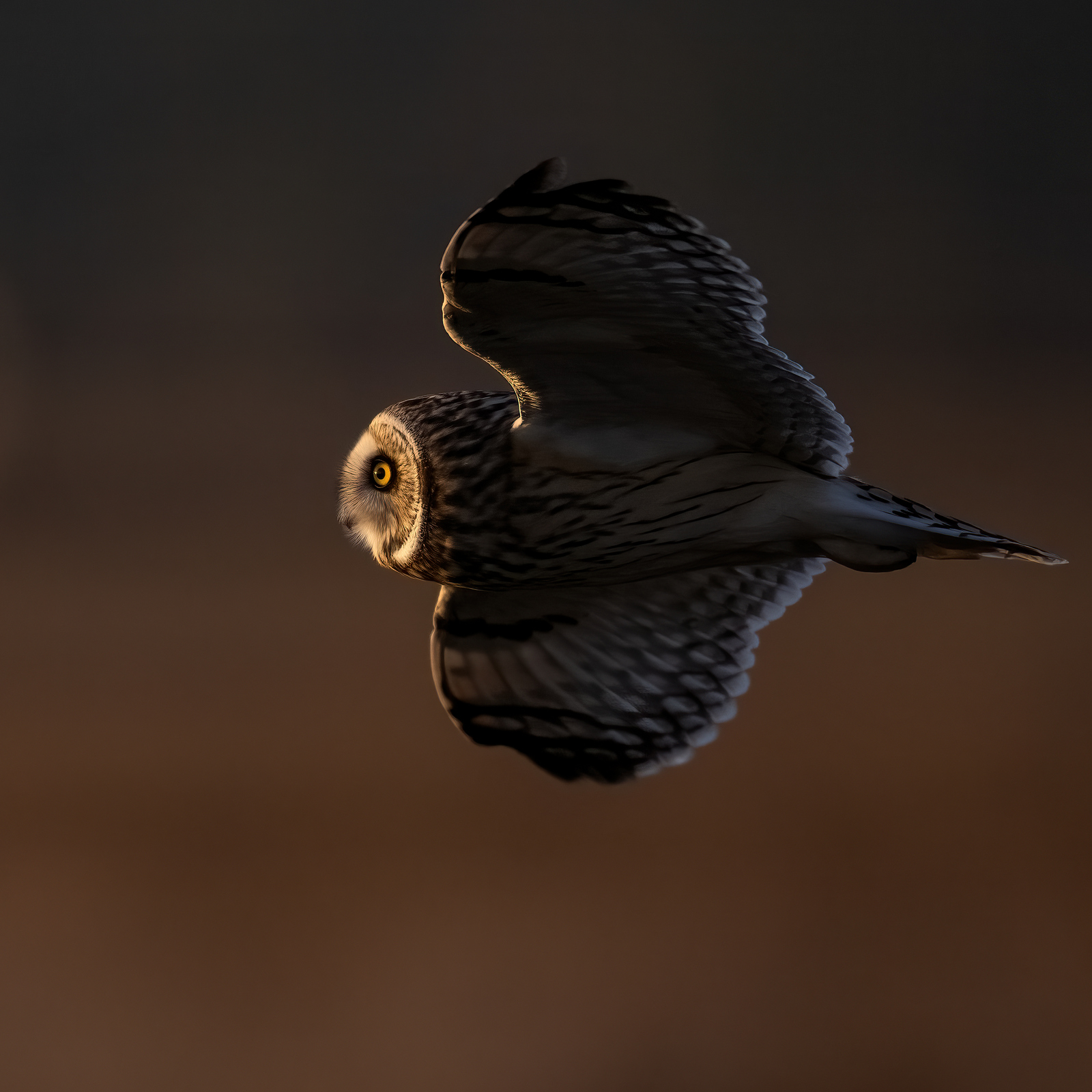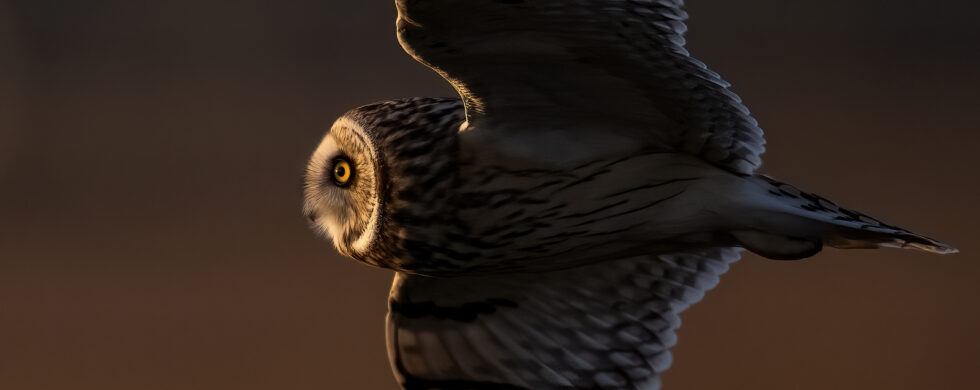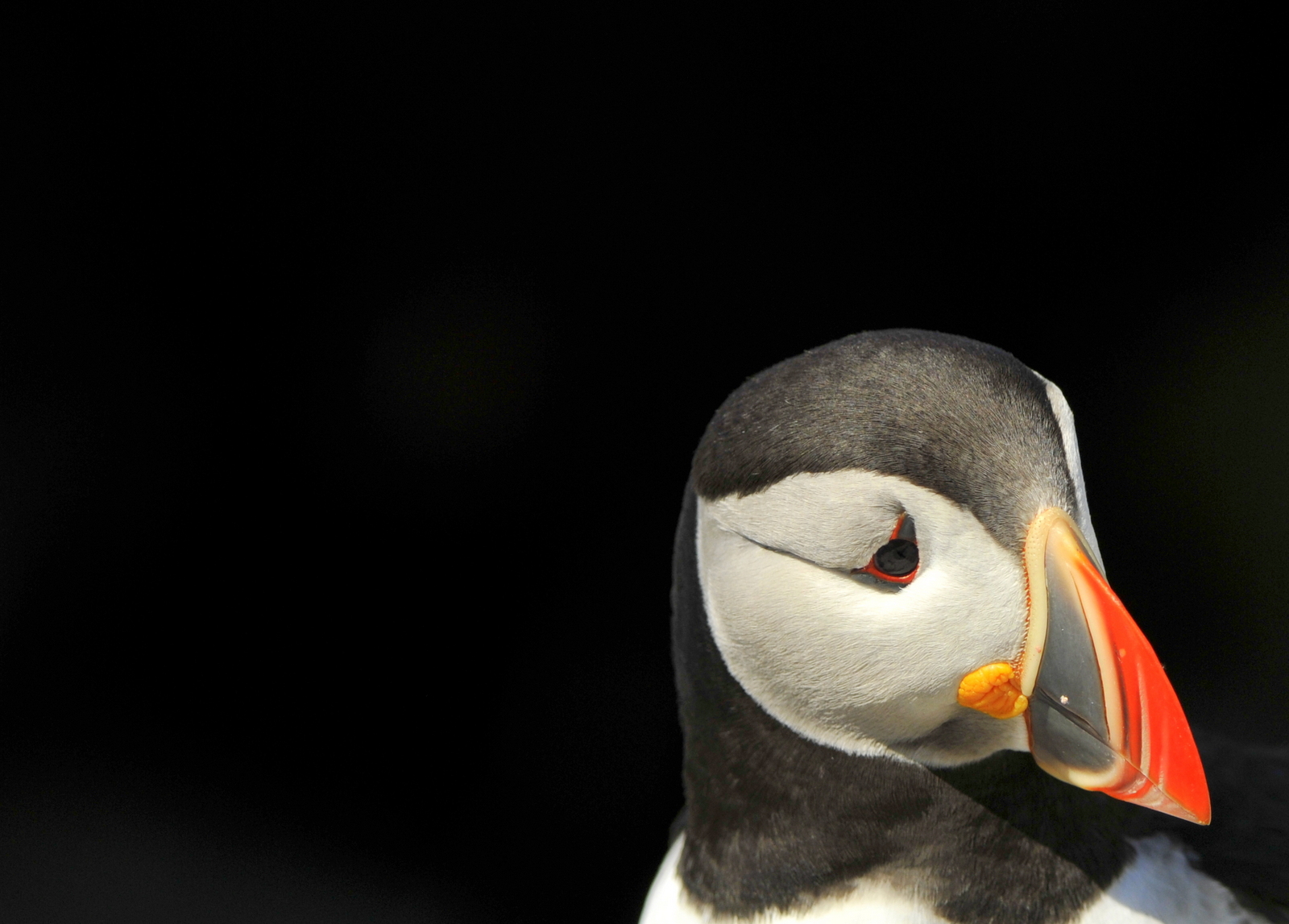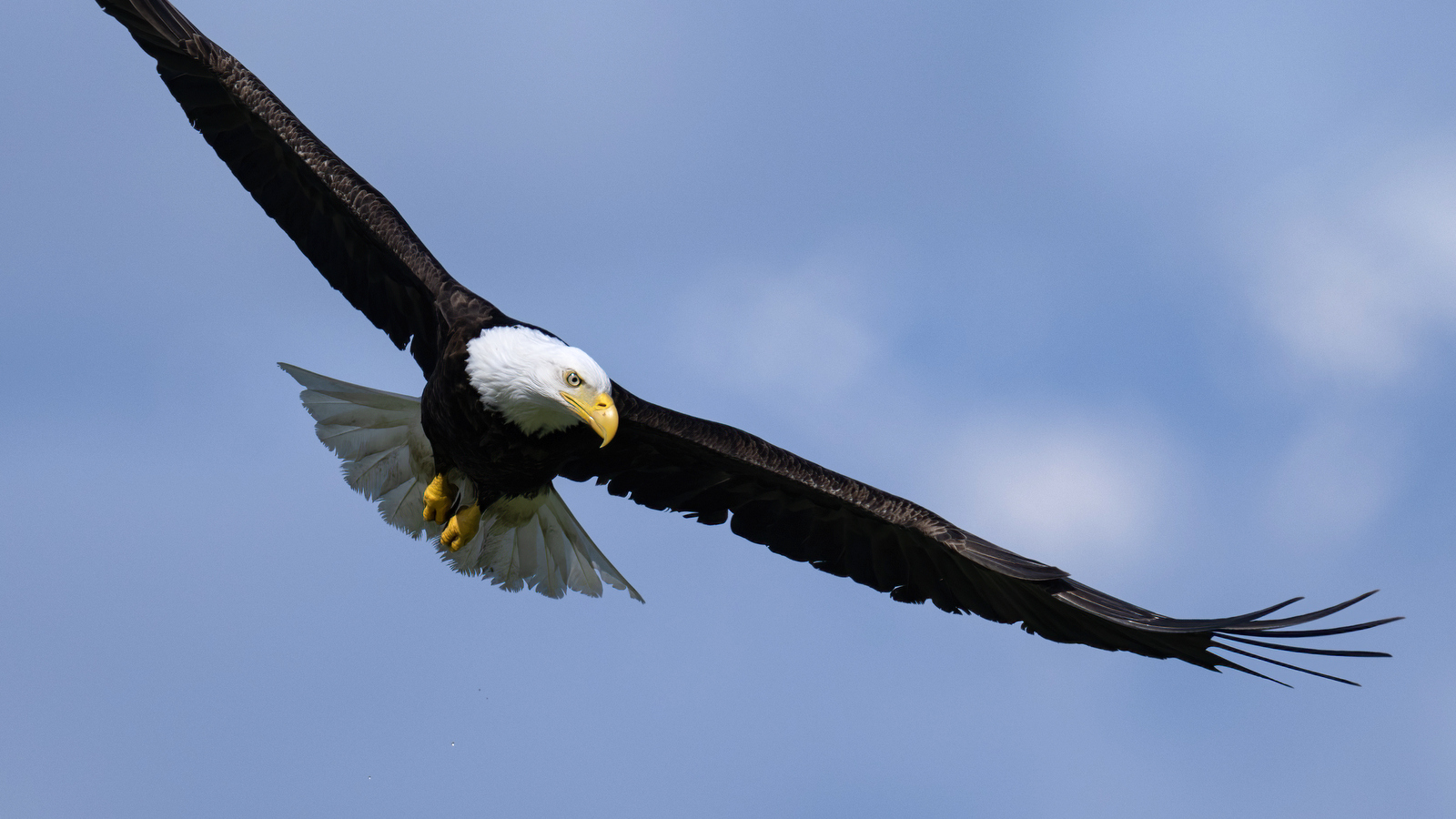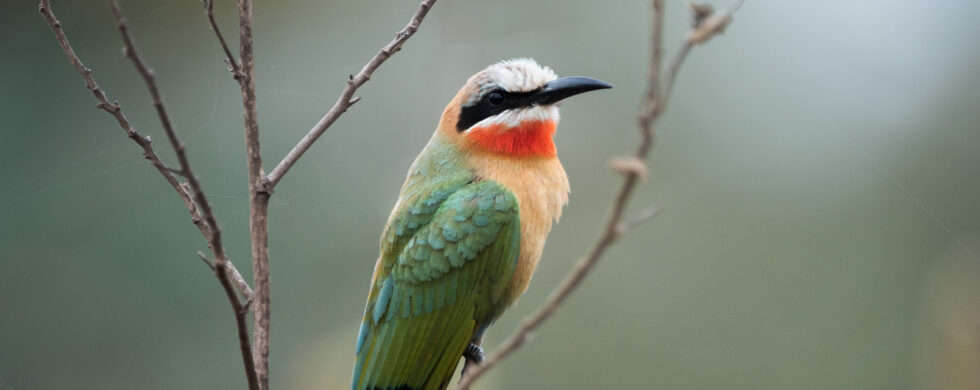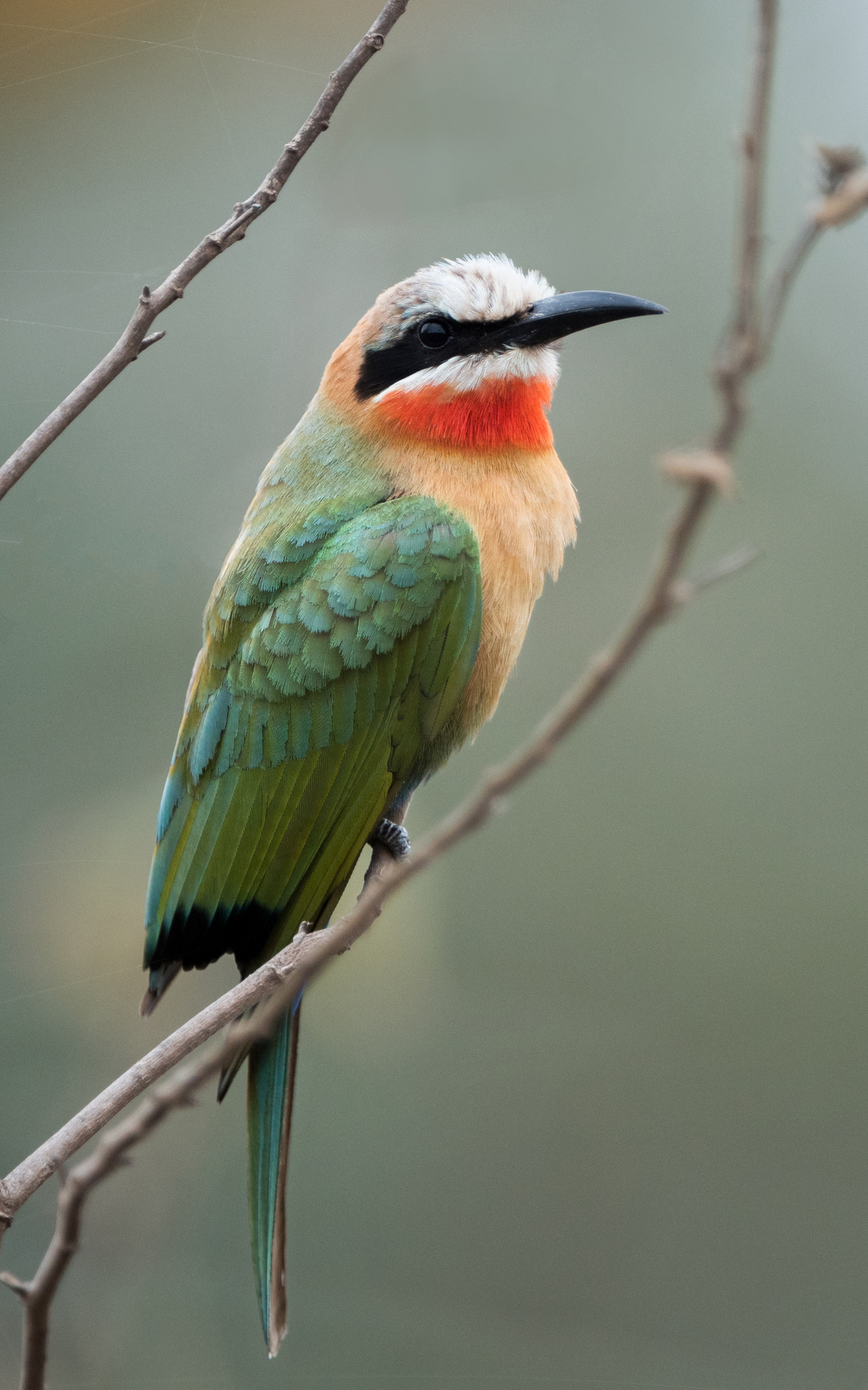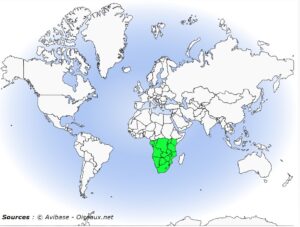Shot of the Month – December 2023
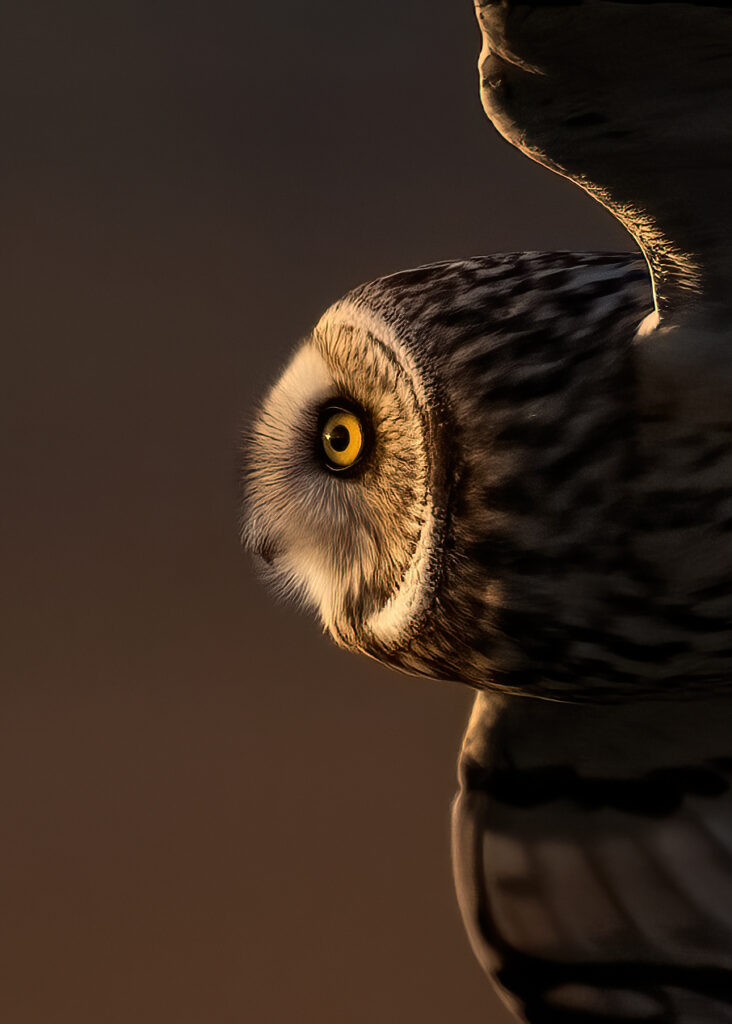
I have talked in the past about how getting a great shot often requires a chain of miracles…for wildlife photography that list of miracles can include:
- Just finding the ^%%# animal!!
- Getting close enough to said animal
- Great light
- Great behavior
- Correct camera settings for the given scene
This stunning image of a Short-eared Owl (SEO) is proof that miracles, plural, can happen every so often.
#1 Finding the ^%%# animal!!
SEOs often migrate into Washington State each winter from the Arctic. They love to hunt for mice and voles in the flat farmland found in parts of the state. So there are known locations where one can find these owls. So you’re telling me there’s a chance…? (Any Dumb and Dumber fans out there?)
2. Getting close enough to said animal
The owls don’t take much notice of us humans but they often hunt in fields that are too far away. If you are patient, they will usually, eventually, hunt in a field near you before moving on. On some days they do. On some days, they don’t. Long lenses are still often needed to “get close enough.”
3. Great light
4. Great behavior
Good light in the Pacific Northwest in the winter is in SHORT supply. Most days are grey and filled with rain. I specifically traveled to the site on this day as a bit of sun was in the forecast.
In the LAST hour of this day, the sun was painting the field in GLORIOUS light (Miracle #3). And then, a SEO flew close to my location and began to hunt!! (Miracle #4).
I began to tremble with excitement – it was all coming together.
5. Correct camera settings for the given scene
Fortunately, I have enough practice with SEOs to know that their white faces will easily become overexposed in direct light. I underexposed my shots by 1.33 EV (That is A LOT!) And I knew how insanely fast these birds fly so I increased my shutter speed to 1/3200 sec to stop the action and avoid blurry images.
Time to get to work…
The owl was hunting in a field that faced the sun. The lighting was therefore stunning but also, incredibly harsh. The shadows and intensity of the light would change dramatically depending on the angle of the bird relative to the sun. Given how fast she was flying by me the lighting changed every fraction of a second. And with the sun so low in the sky the glare blinded my left eye (my shooting eye) as I looked into the viewfinder. The bird flew multiple sorties – doing small loops up and down the field. As she arrived to my far right I would start shooting until she arrived to my far left, where, at this point, I was now looking directly into the sun – leaving me partially blinded for a few seconds.
Shooting into the sun…
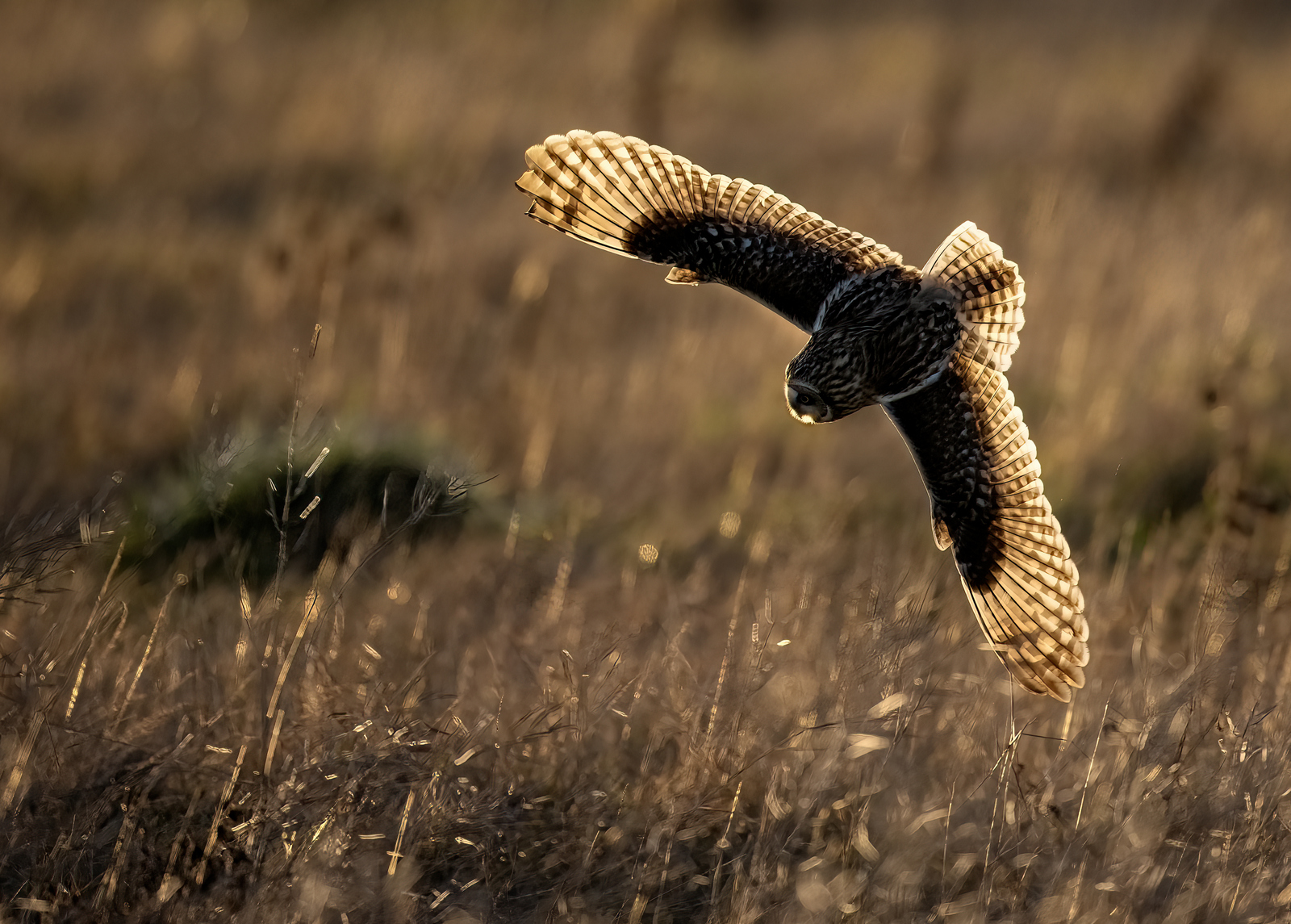
The SEO would bank right, fly back up the field, eventually bank right again and the shooting would begin anew. We did this for close to an hour as tears ran down my face from the stress on my eyes.
Another fly-by…
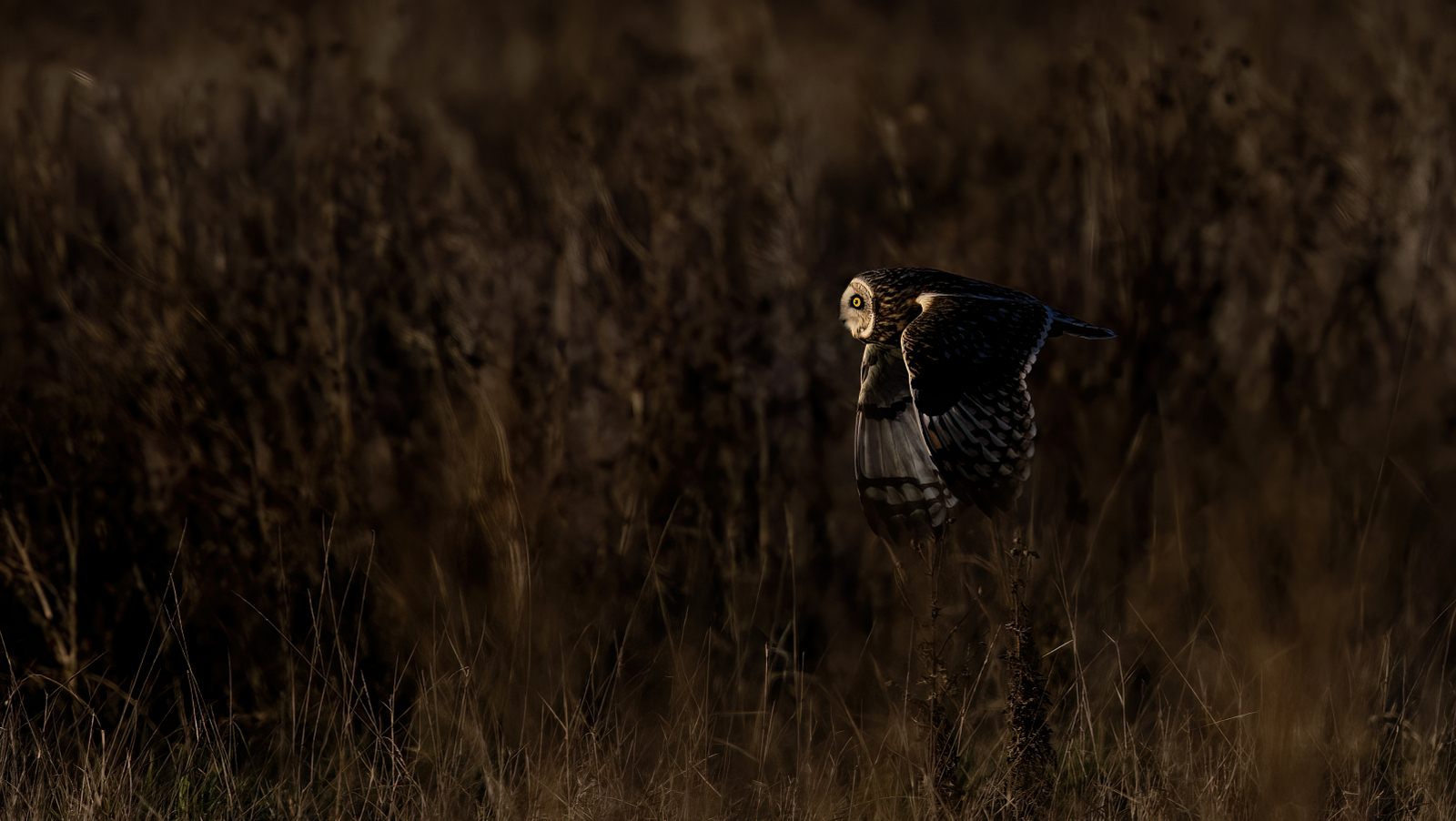
Having the owl relatively “close” allowed the possibility of getting an image. But given how fast they fly, and how erratic their flight is, it was almost impossible to keep them in the viewfinder with a 600 mm lens. The angle of view on this lens is 2 degrees, offering a very tiny view of the world. I would often track the bird and then she would just vanish as she banked sharply to dive toward prey. With my 12-pound camera/lens combo on a tripod, I was jumping around like I was shooting a Gatling gun as I spun from one side to the other to try and keep focus on this juking, banking, diving, chaotic bird. Ever seen the crazy flight pattern of a butterfly or a moth? Yeah, like that but much, much faster.
I realize that is a lot of photo techno-babble to non-photographers, but in short, photographing these little flying rockets, in this extreme light, at close quarters, is tough.
Ten years ago it would have been almost impossible to get this shot. The camera technology was just not there yet. But with each year the equipment gets better and allows for images like this, even from amateurs like me.
What is most shocking to me, is the absolute clarity and sharpness of the image. A true MIRACLE given how fast she was moving – in this one instance, I managed to pan at just the right speed to match the speed of the bird. You can see every little feather on her face and beak.
And the lighting….on those eyes….the drama. The rim of light on the wings! Mwah (Chef’s kiss)!
Here is the first image, re-cropped to show more of the scene. Mother Nature at her finest…
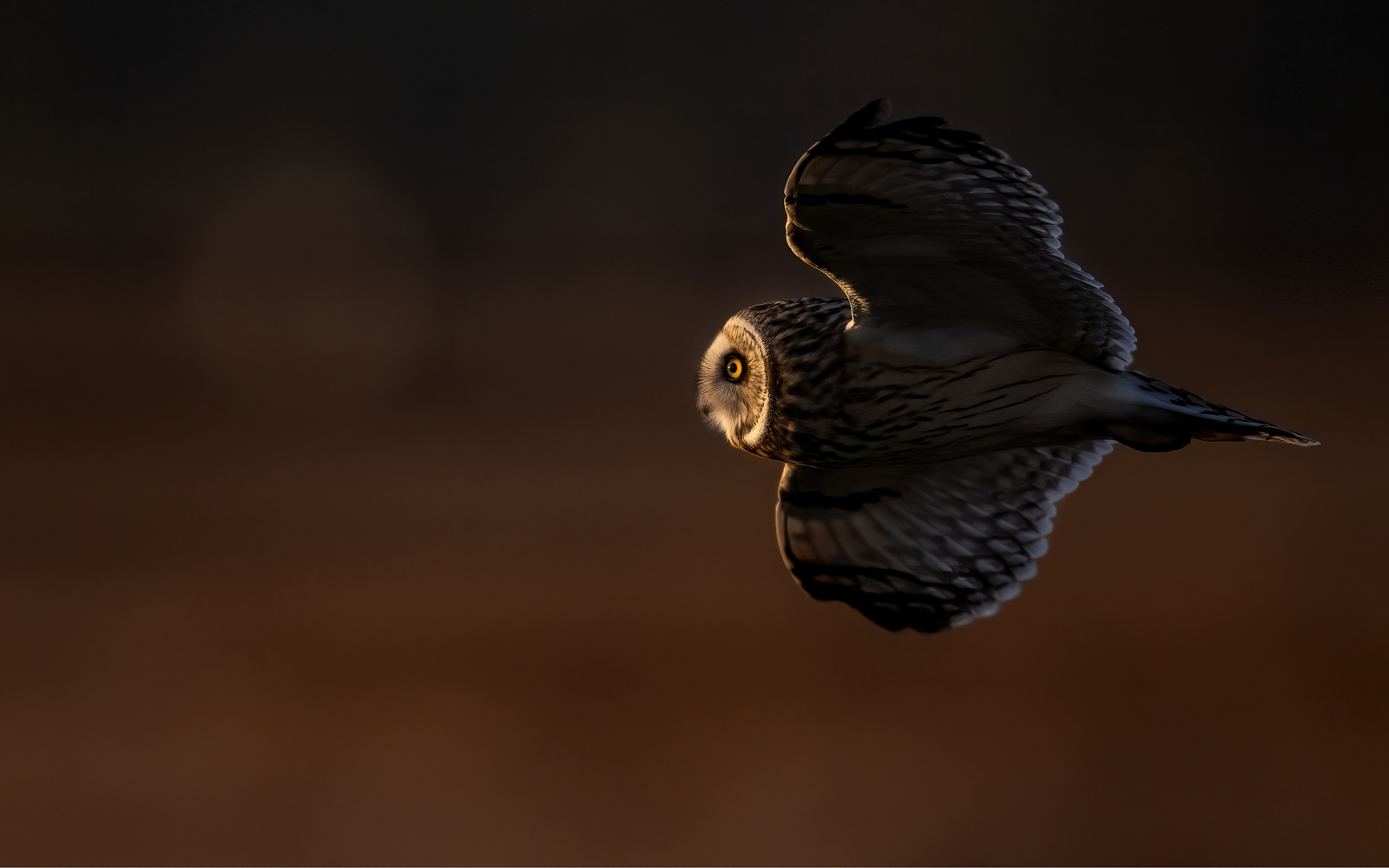
I love how photography allows us to capture and hold on to these moments that would otherwise be lost in the blink of an eye.
Until next month…..m
Nikon Z9, Nikon 600 mm, f/4, 1/3200 sec, ISO 640, EV -1.333

